by Alan K. Lee

Introduction
Florence, Oregon (not to be confused with Florence, Italy) is a small town on Oregon’s central coast. The town lies on the estuary of the Siuslaw River, a few miles inland from the Pacific Ocean. Historically, Florence’s economy centered around commercial fishing and the timber industry, but today sport fishing and general tourism are more important. Florence has a vibrant old town area, many festivals and parks, and access to miles of ocean beach. The surrounding area also has many tourist draws, most prominently the 31,500-acre Oregon Dunes National Recreation Area that runs for forty miles along the coast from the Siuslaw River to Coos Bay.

The Town
I have to confess that for years Florence was, to me, just a not terribly attractive town that you passed through to get to the lakes, streams, beaches, headlands, and dunes that were the real attractions of the area. It wasn’t until a few years ago that I discovered the charms of the old town waterfront area, the many quality eating establishments to be found in the town, and the parks and other attractions of the town. While the surrounding areas are still the main draw, Florence makes an attractive base to explore the area and has plenty of attractions of its own.

The old town area of Florence lies along the shore of the Siuslaw River. Although not large, the area has many restaurants and cafes and numerous small hotels and guest houses. There is a marina and an RV park, trails along the river, and a number of public art works. On my last visit, the main old town street was closed to vehicle traffic one evening to facilitate a giant block party that drew a huge crowd, with live music and many food vendors that made for a very festive evening.

Art lovers will want to check out the Blue Heron Gallery and Backstreet Gallery, both in the old town area. For history buffs, the Siuslaw Pioneer Museum offers “a taste of life as it was 150 years ago.”

Quality dining in the old town can be found at Waterfront Depot, Nosh Eatery, Maple Street Bistro, 1285 Restobar, and the Firehouse. Outside of old town, Venny’s Café on Hwy 101 gets good reviews and Fresh Harvest Café, farther north on 101, is a good place to get breakfast or lunch. Brew pubs worth checking out include Beachcomber Pub and Homegrown Public House, both in the old town.

You might want to try the sport of sandboarding, especially if you are a family with active kids. Think snowboarding but on the dunes not the mountain slopes. Sand Master Park, just north of Fred Meyer in the north end of town, bills itself as the world’s first sandboarding park. You can get lessons, rent sandboards, and try out the sport onsite on 200 acres of dunes.

If you enjoy gambling, Three Rivers Casino Resort, just off Hwy 126 about a mile east of Hwy 101, offers plenty of opportunities to strike it rich (or not), plus several dining options and frequent live entertainments events. The casino is owned and operated by the Confederated Tribes of the Coos, Lower Umpqua, and Siuslaw Indians. The Tribes also own and operate Ocean Dunes Golf Links, one of two 18-hole courses in Florence, the other being Florence Golf Links (formerly known as Sand Pines).
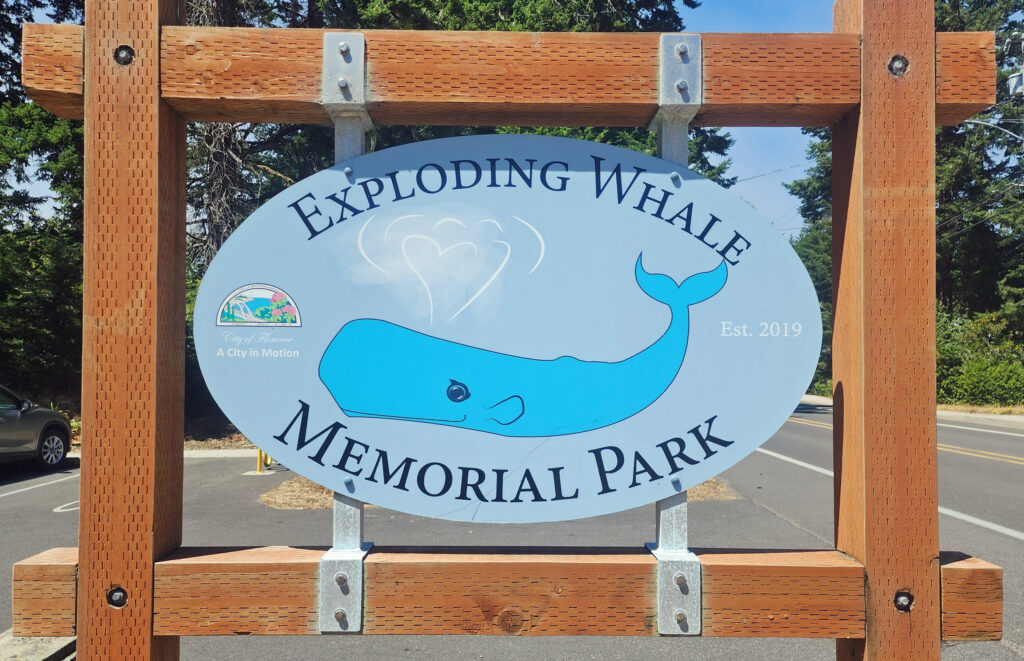
One of the oddities of Florence, Oregon involves an exploding whale. In 1970 a 45-foot sperm whale carcass washed ashore at Florence. The Oregon Highway Division used twenty cases (literally a ton) of dynamite in an attempt to break the carcass into small pieces. The resulting explosion sent pieces of the whale flying as much as 800 feet from the beach. No one was injured but several vehicles were damaged by falling blubber. The KATU-TV news story and video of the event has become something of a cult-classic and continues to be frequently viewed more than half a century later. An exhibit at the Siuslaw Pioneer Museum has bone fragments from the whale and a city park along the riverfront west of Hwy 101 was recently renamed Exploding Whale Park.

The Oregon Dunes
The Oregon Dunes consist of the largest coastal dune field in North America, coastal spruce and pine forest that includes many “tree islands” surrounded by dunes, miles of ocean beaches, and numerous freshwater lakes and wetlands. Outside the boundary of the national recreation area (NRA) there are several state parks and a number of Siuslaw National Forest campgrounds.

Honeyman State Park, about three miles south of Florence, has a large (364 site) campground, dunes access for both hikers and OHVs (Oct-Apr), picnic areas, a children’s playground, restrooms and showers, and two freshwater lakes.
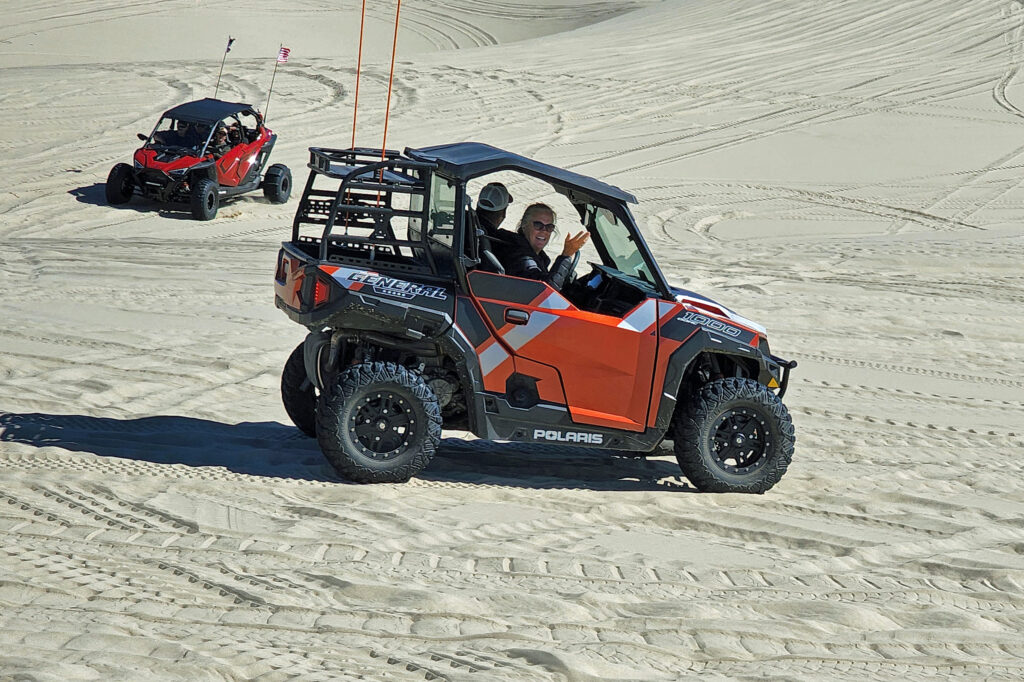
The miles of dunes are a very popular off-highway vehicle (OHV) recreational area. You can rent dune buggies if you don’t have your own, and tours on larger OHVs are also available. About one third of the NRA is open to off-highway vehicles. There are also ample areas within and adjacent to the NRA that are off limits to OHVs that provide a quieter experience for hikers, paddlers, birders, photographers, beachcombers, and other nature lovers.

Fishing and Boating
Fishing for rainbow and cutthroat trout and warm water species like bass and perch are popular activities on the freshwater lakes near Florence. Woahink, Siltcoos, and Tahkenitch Lakes south of Florence are all prime fishing grounds. All have public boat ramps that also give canoers, kayakers and paddleboarders access to the lakes. Cleawox Lake in Honeyman State Park also is a popular paddling spot. The Siuslaw River has both salmon and steelhead runs, and ocean fishing trips can be booked through charter services in Winchester Bay (aka Salmon Harbor) about twenty-five miles south of Florence. A list of local fishing guides can be found on the Port of Siuslaw website.

Area Beaches
The south jetty area has five beach access points and four miles of beach where OHVs are not permitted. Go south on Hwy 101 and turn right onto Sand Dunes Road about a half mile south of the Siuslaw River Bridge. At the north end of town, the north jetty area and Heceta Beach County Park give access to another five miles of ocean beach. There are also many beach access points both north and south of Florence.

Heceta Head
Heceta Head Lighthouse, about ten miles north of Florence, is one of the Oregon coast’s most iconic and most photographed locations. The lighthouse, built in 1893, is 56 feet tall and sits 200 feet above the ocean, making it one of the best whale-watching points on the coast. And the original assistant lightkeeper’s house is now a bed and breakfast inn with six rooms and features a seven-course breakfast menu.
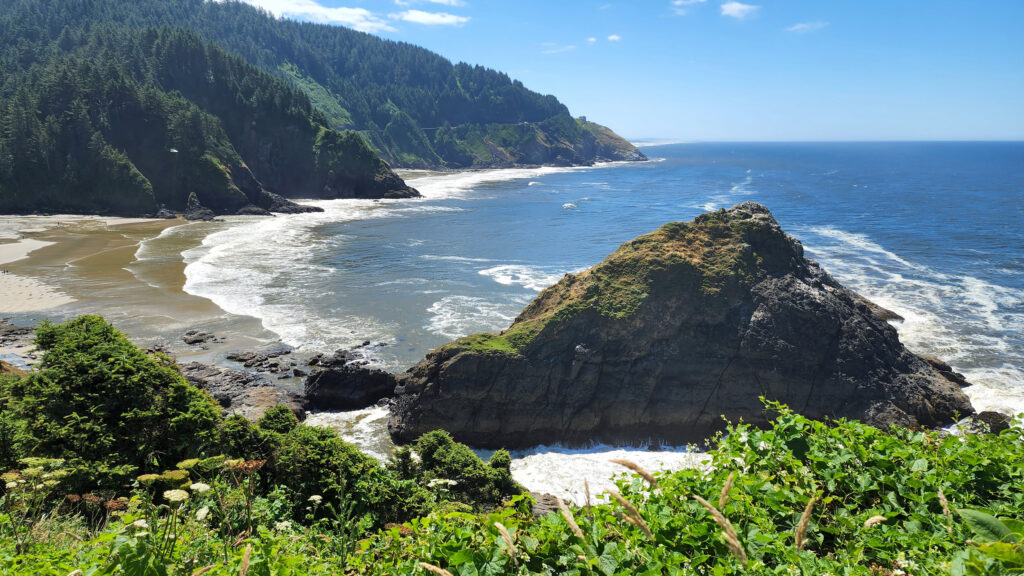
Sea Lion Caves
Located on Sea Lion Point about a mile south of Heceta Head , Sea Lion Caves is a privately owned attraction featuring the largest sea cave in the Americas. The cave (and the surrounding rocky shoreline) is the only mainland rookery of Steller Sea Lions. From the observation deck at the gift shop there is a great view of Heceta Head Lighthouse. From there, a short trail brings you to an elevator that descends over 200 feet to the cave. In winter and spring, you’ll likely see hundreds of sea lions in the huge cave, but in the summer and fall there may not be any sea lions in the cave. They’ll mostly be found on the rocks outside the cave in those months. But the cave itself (about 300 feet across and 125 feet high) is worth the cost of admission.

Darlingtonia Wayside
A few miles north of Florence at Darlingtonia Wayside (now officially Darlingtonia State Natural Site) you’ll find one of the few places in the Pacific Northwest where cobra lilies (Darlingtonia californica) can be found. These carnivorous plants trap and consume insects that provide the plant with nitrogen and nutrients that they can’t get from the boggy soil. There are restrooms at the parking area and a short boardwalk trail that takes you into the cobra lily’s domain.


Conclusion
Florence, Oregon is a great stopping point on a tour of the 363 miles of Oregon coastline. There’s so much to see and do in the surrounding area and in the town itself that you could easily spend a week in Florence and not run out of things to do and sights to see. I’m looking forward to my next visit, maybe an off-season trip this winter.

And if you’re heading farther down the coast, make sure to stop in Bandon-by-the-sea. Farther south, the southern Oregon coast has spectacular scenery and is as uncrowded and unspoiled as it gets on the Pacific coast.

Posted Dec 2, 2024
All photos © Alan K. Lee


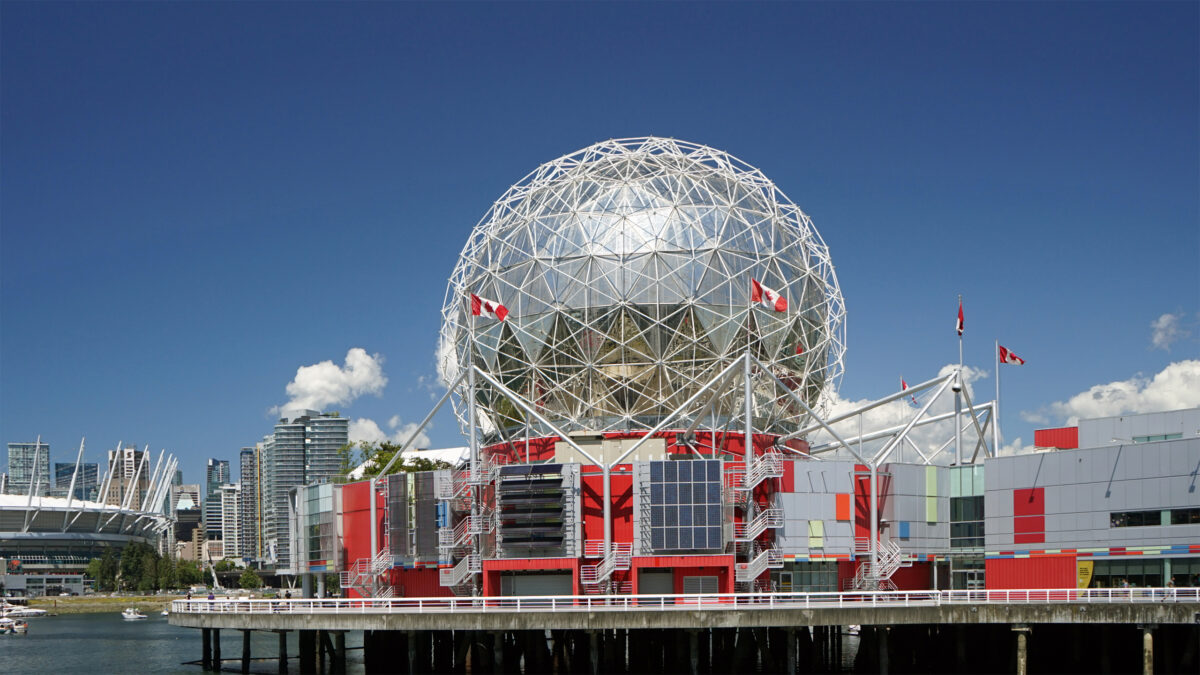

















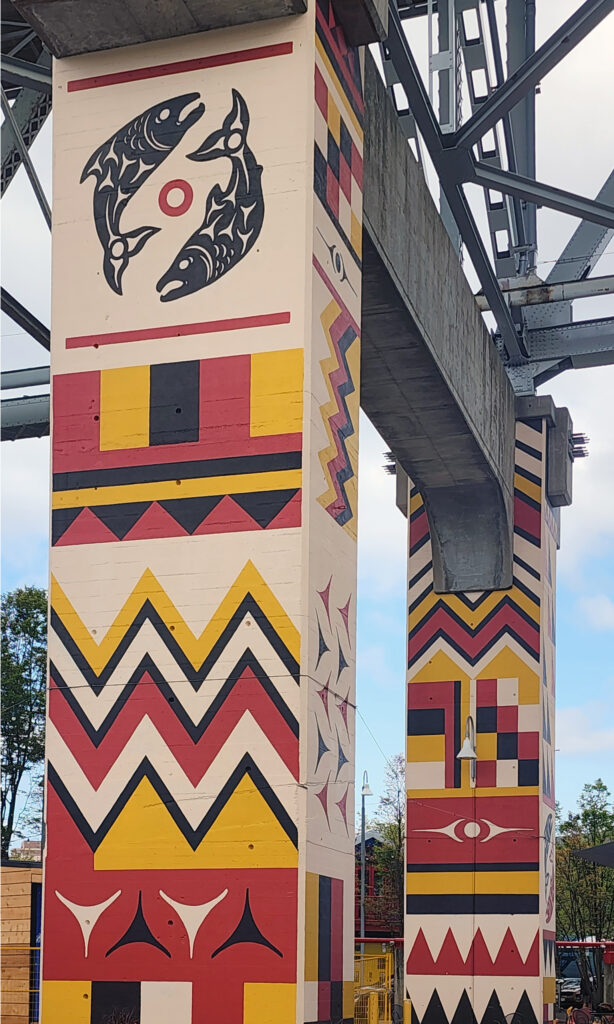
















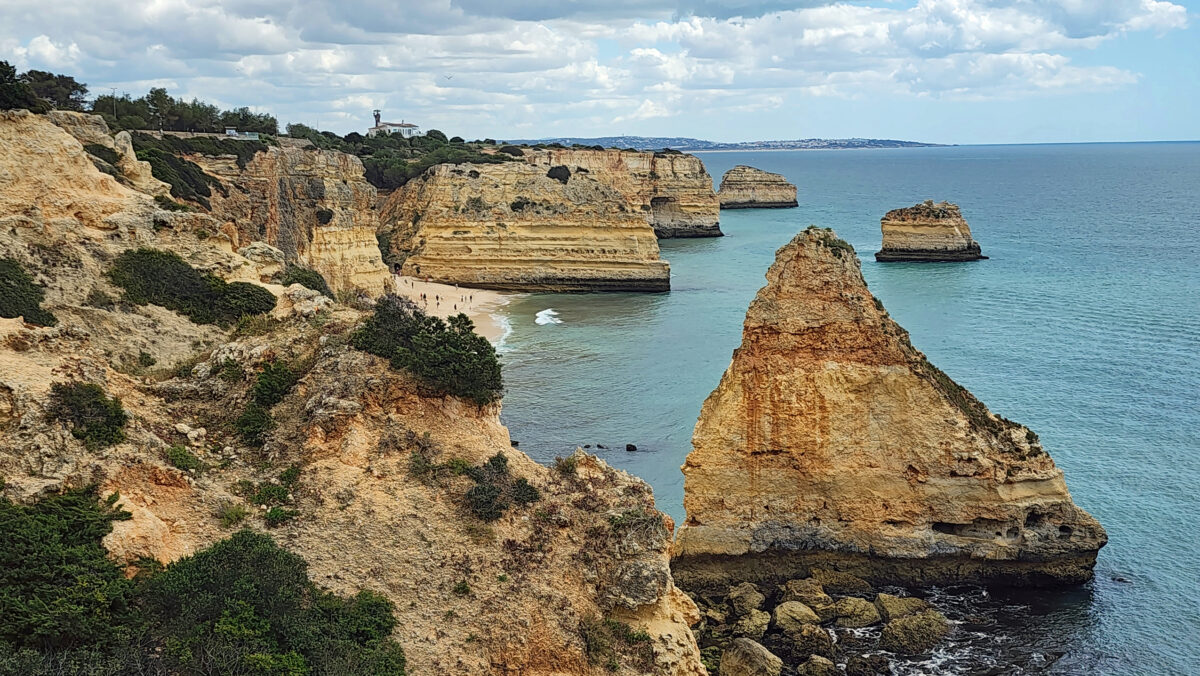


















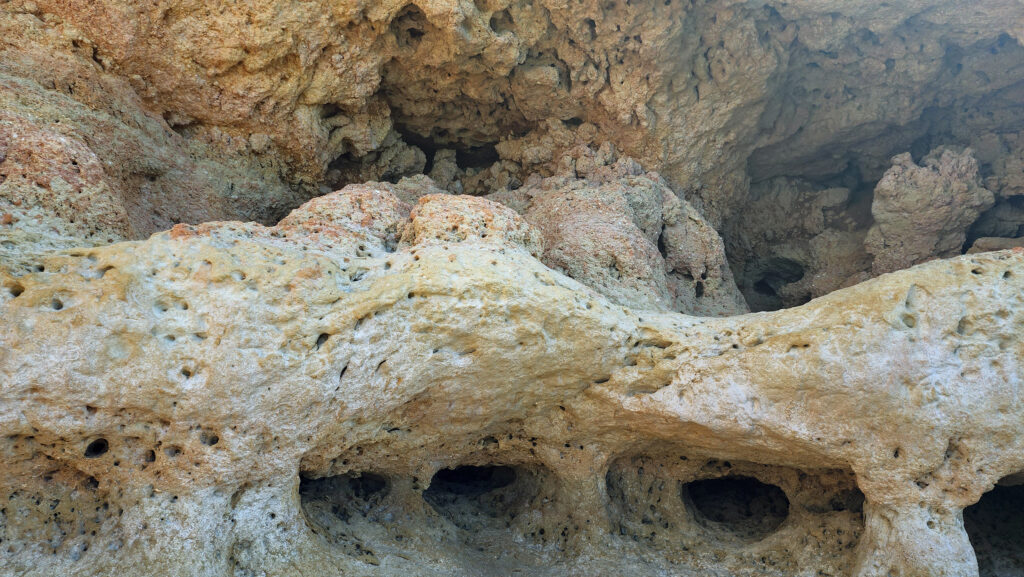




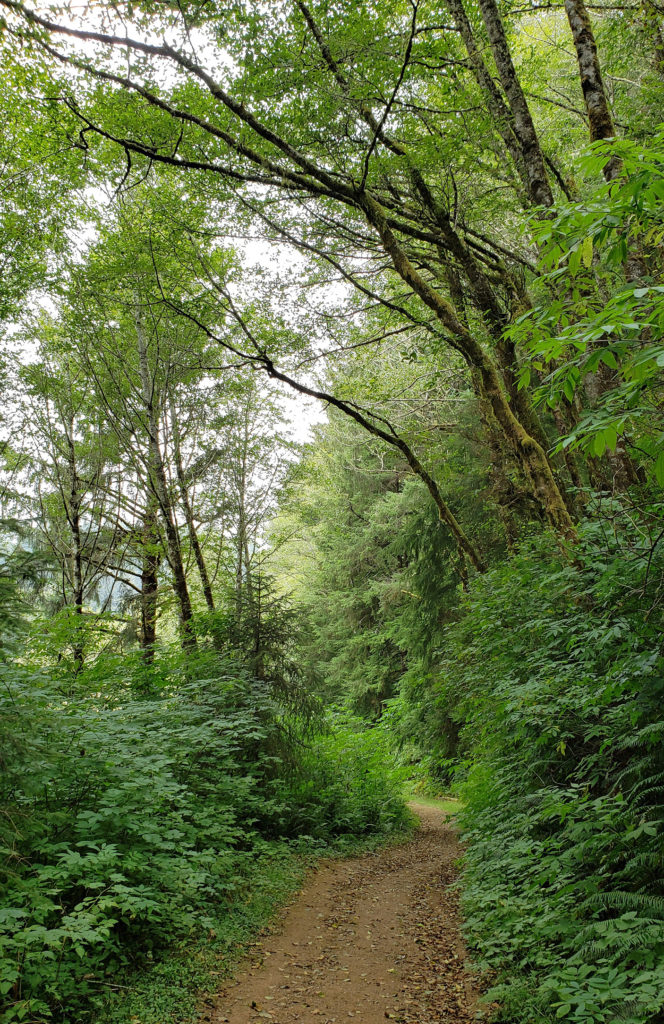 The Beaver Creek visitor center, 1.2 miles east of Hwy 101 on North Beaver Creek Road, would normally be a good first stop to acquaint yourself with the area. If it’s open, you can pick up an informational brochure and map of the trail system there. The map and brochure can also be downloaded from the Beaver Creek State Natural Area website (linked above). There is also a small parking area a few hundred yards east of the visitor center that may have the map and brochure if the visitor center is closed. You can also find a checklist of the birds found at Beaver Creek on the website.
The Beaver Creek visitor center, 1.2 miles east of Hwy 101 on North Beaver Creek Road, would normally be a good first stop to acquaint yourself with the area. If it’s open, you can pick up an informational brochure and map of the trail system there. The map and brochure can also be downloaded from the Beaver Creek State Natural Area website (linked above). There is also a small parking area a few hundred yards east of the visitor center that may have the map and brochure if the visitor center is closed. You can also find a checklist of the birds found at Beaver Creek on the website.
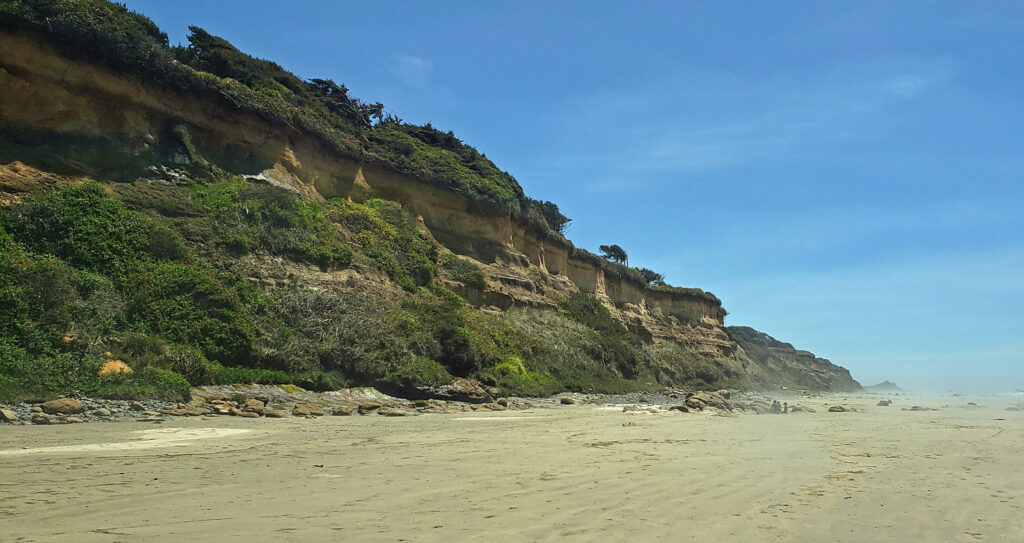


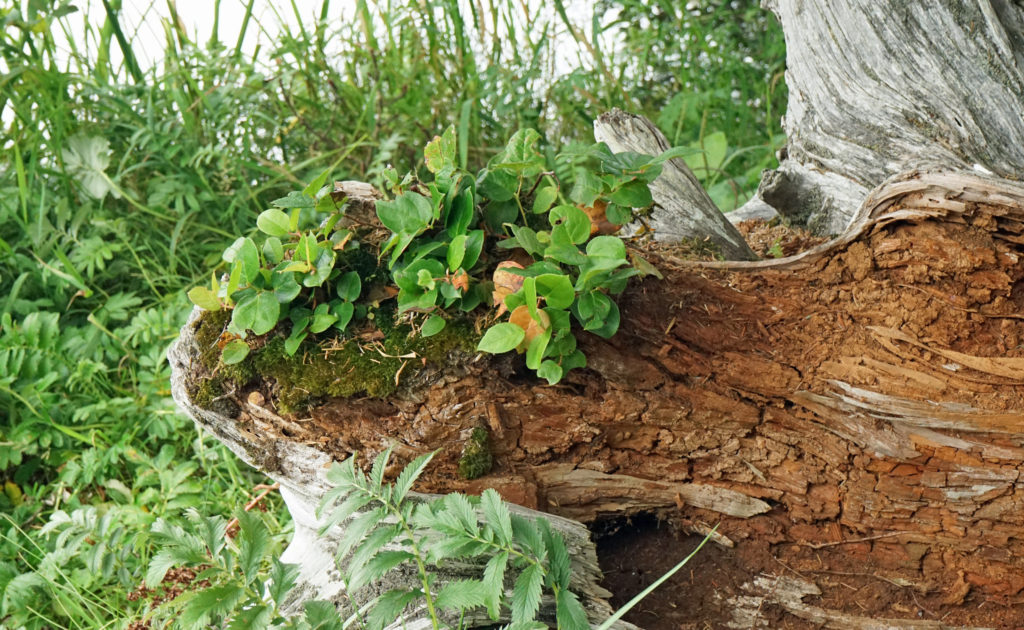


 The park, originally called Short Sand Beach State Park, was created in 1931 through the efforts of Oregon’s first State Parks Superintendent, Samuel H. Boardman. Boardman was a fervent believer that of as much of the coast should be preserved in public ownership as possible. Many of the state parks along the coast were created under his stewardship. Short Sand Beach State Park was renamed in 1958 to honor former Oregon Governor
The park, originally called Short Sand Beach State Park, was created in 1931 through the efforts of Oregon’s first State Parks Superintendent, Samuel H. Boardman. Boardman was a fervent believer that of as much of the coast should be preserved in public ownership as possible. Many of the state parks along the coast were created under his stewardship. Short Sand Beach State Park was renamed in 1958 to honor former Oregon Governor 


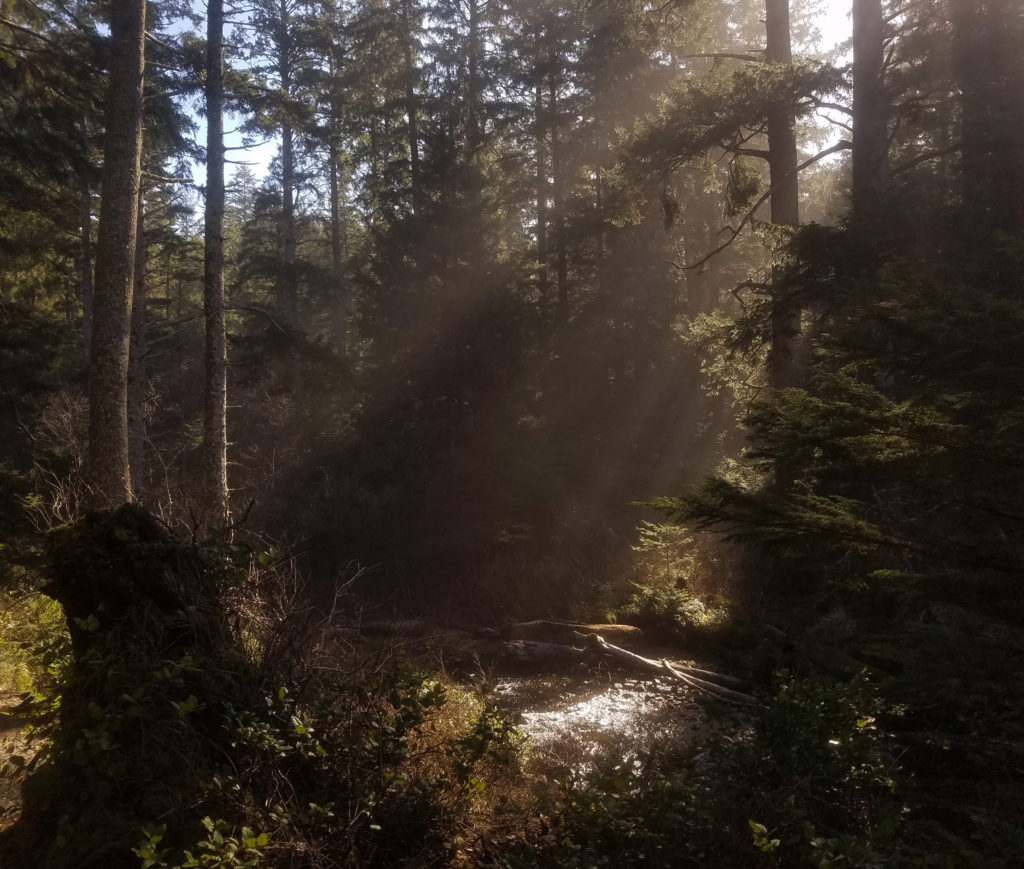

 Devils Cauldron is a spectacularly beautiful little cove on the north side of Neahkahnie Mountain. It can be reached by either a one mile hike from Short Sand Beach or a much shorter hike from where the Coast Trail crosses Hwy 101. To access the shorter route, drive south on Hwy 101 from the Short Sand Beach parking lots and look for a gravel parking area on the ocean side of the highway. Follow the Coast Trail north a short ways to a signed junction. The Devils Cauldron viewpoint is just a quarter mile walk from the parking area.
Devils Cauldron is a spectacularly beautiful little cove on the north side of Neahkahnie Mountain. It can be reached by either a one mile hike from Short Sand Beach or a much shorter hike from where the Coast Trail crosses Hwy 101. To access the shorter route, drive south on Hwy 101 from the Short Sand Beach parking lots and look for a gravel parking area on the ocean side of the highway. Follow the Coast Trail north a short ways to a signed junction. The Devils Cauldron viewpoint is just a quarter mile walk from the parking area. On your way back to the trailhead look for another trail branching off to the south. The junction here is unsigned and the trail is sometimes overgrown and impassable. But if it’s open, the trail leads to a narrow shelf of rock that falls away on three sides to the ocean below, and the cliffs of Neahkahnie Mountain tower over the viewpoint to both the north and south. It may not be a place for people with a fear of heights, but it’s one of the most awesome places on the entire coast.
On your way back to the trailhead look for another trail branching off to the south. The junction here is unsigned and the trail is sometimes overgrown and impassable. But if it’s open, the trail leads to a narrow shelf of rock that falls away on three sides to the ocean below, and the cliffs of Neahkahnie Mountain tower over the viewpoint to both the north and south. It may not be a place for people with a fear of heights, but it’s one of the most awesome places on the entire coast.



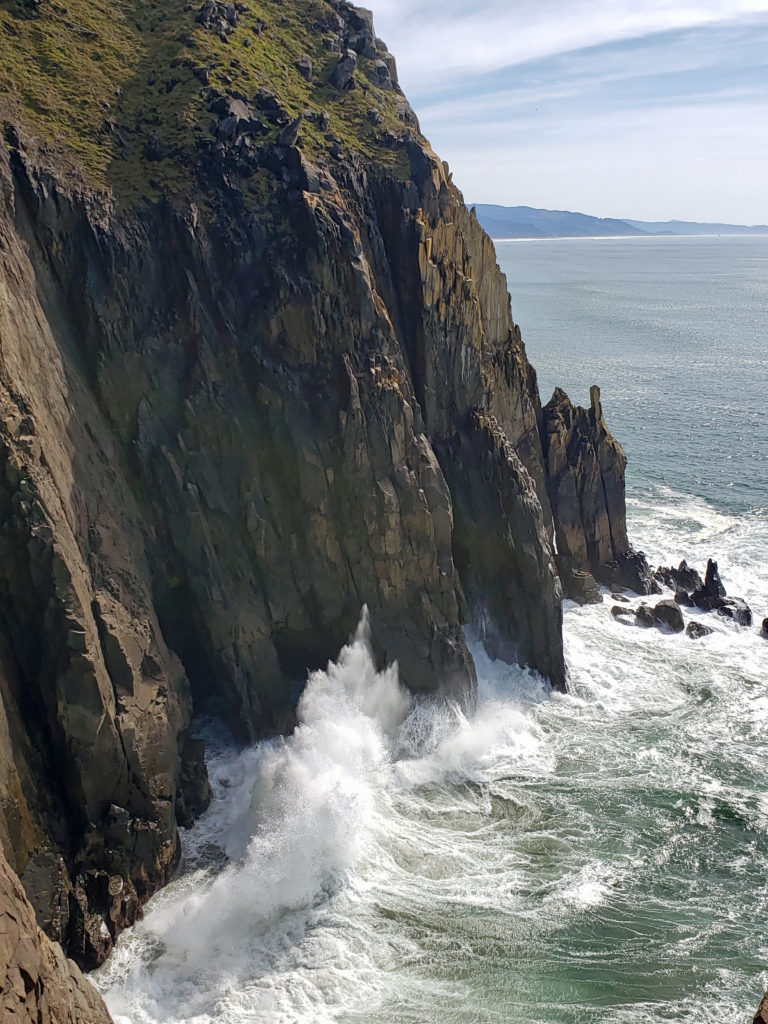 Oswald West State Park is about a two hour drive from Portland, so it’s easily doable as a day trip if you’re from the Portland area or are visiting Portland. But if you want to make a weekend of it, there are plenty of other attractions on the north Oregon coast beyond Oswald West.
Oswald West State Park is about a two hour drive from Portland, so it’s easily doable as a day trip if you’re from the Portland area or are visiting Portland. But if you want to make a weekend of it, there are plenty of other attractions on the north Oregon coast beyond Oswald West. 



 When we got to the coast, the sky was almost cloudless. And we got the last available parking spot at the D River Wayside. Luck really was with us. There was a brisk, but not cold, breeze on the beach – perfect kite flying weather and a pretty near perfect day for just hanging out on the beach.
When we got to the coast, the sky was almost cloudless. And we got the last available parking spot at the D River Wayside. Luck really was with us. There was a brisk, but not cold, breeze on the beach – perfect kite flying weather and a pretty near perfect day for just hanging out on the beach. The festival featured a lot of very big kites, including a 30 foot diameter “soccer ball,” and quite a few performance kite fliers demonstrating their talents. One of the highlights for me was a flier named Spence Watson flying two quad strings kites. Normally it takes two hands to fly a single quad string. Flying one one-handed is a feat in itself, but he was flying one right-handed and one left-handed, and controlling each one perfectly. Pretty amazing.
The festival featured a lot of very big kites, including a 30 foot diameter “soccer ball,” and quite a few performance kite fliers demonstrating their talents. One of the highlights for me was a flier named Spence Watson flying two quad strings kites. Normally it takes two hands to fly a single quad string. Flying one one-handed is a feat in itself, but he was flying one right-handed and one left-handed, and controlling each one perfectly. Pretty amazing.

 Watching the kite flyers was as entertaining as watching the kites. It’s really a very physical dance that they’re doing. Their movements are perfectly coordinated with the music, but everyone’s moves are a little bit different. If you watch long enough you begin to see the different styles of the flyers. It’s really quite interesting.
Watching the kite flyers was as entertaining as watching the kites. It’s really a very physical dance that they’re doing. Their movements are perfectly coordinated with the music, but everyone’s moves are a little bit different. If you watch long enough you begin to see the different styles of the flyers. It’s really quite interesting.
 There’s plenty to do at the festival for the whole family. Kids can take part in kite making classes, get their faces painted, meet a “real live” mermaid, learn about ocean conservation, fly their own kites, and, of course, just play in the sand.
There’s plenty to do at the festival for the whole family. Kids can take part in kite making classes, get their faces painted, meet a “real live” mermaid, learn about ocean conservation, fly their own kites, and, of course, just play in the sand.
 I lived in Lincoln city for most of the 1980s, so we took a mid-day break and walked the five blocks to look at the house I lived in for part of that time. It’s been extensively remodeled and added on to, so it’s nothing like it was when I lived there.
I lived in Lincoln city for most of the 1980s, so we took a mid-day break and walked the five blocks to look at the house I lived in for part of that time. It’s been extensively remodeled and added on to, so it’s nothing like it was when I lived there.
 Lincoln City hosts two kite festivals every year, a summer festival in June or July and a fall festival in September or October. There are numerous other kite fests up and down the Oregon and Washington coasts, including the Southern Oregon Kite Festival in Brookings in July, and the
Lincoln City hosts two kite festivals every year, a summer festival in June or July and a fall festival in September or October. There are numerous other kite fests up and down the Oregon and Washington coasts, including the Southern Oregon Kite Festival in Brookings in July, and the 




 The following was originally posted on this site a couple of years ago. I checked all of the links, but things can change, so check the
The following was originally posted on this site a couple of years ago. I checked all of the links, but things can change, so check the 






 If you just want to hang out at the beach, Fort Zach Park has a nice swimming beach (with an adjacent bar). South Beach at the end of Duval Street also has a beach bar and grill. Higgs Beach is four or five blocks east and has a nice beach for sunbathing and swimming. And across the street, Astro City Playground is a fun place for kids to play. To the east of Higgs Beach are C.B. Harvey Memorial Rest Beach (no bar or other amenities) and Smathers Beach. Dog Beach, a couple of blocks east of South Beach, is literally for the dogs – a dog friendly, off leash park.
If you just want to hang out at the beach, Fort Zach Park has a nice swimming beach (with an adjacent bar). South Beach at the end of Duval Street also has a beach bar and grill. Higgs Beach is four or five blocks east and has a nice beach for sunbathing and swimming. And across the street, Astro City Playground is a fun place for kids to play. To the east of Higgs Beach are C.B. Harvey Memorial Rest Beach (no bar or other amenities) and Smathers Beach. Dog Beach, a couple of blocks east of South Beach, is literally for the dogs – a dog friendly, off leash park.


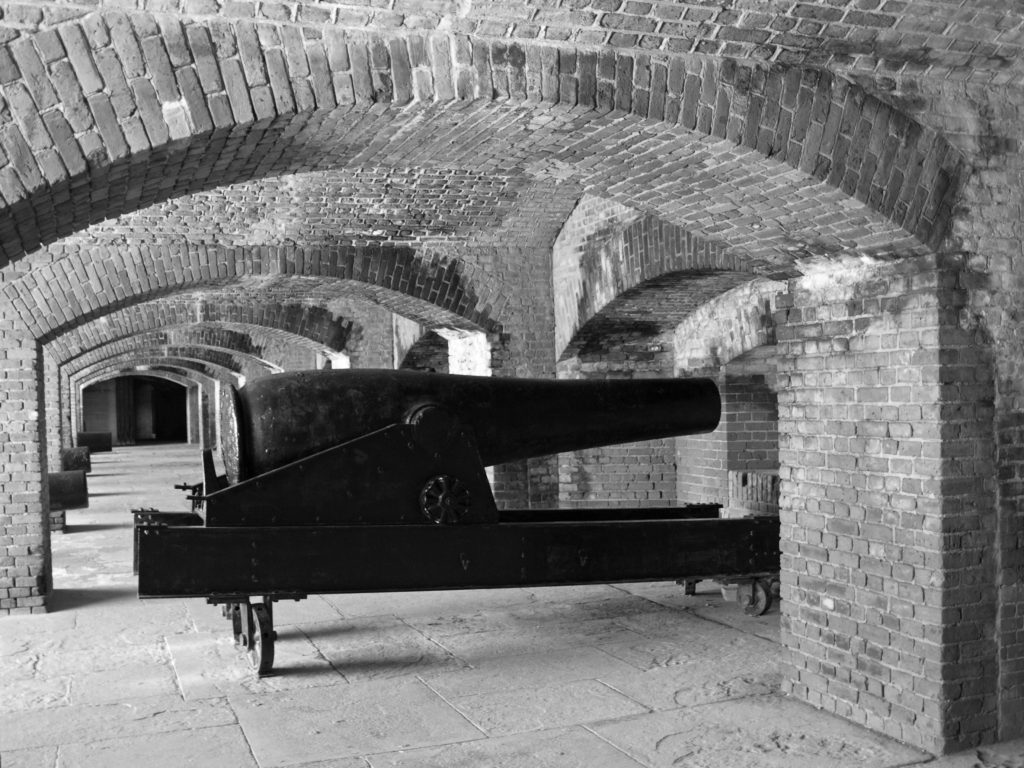


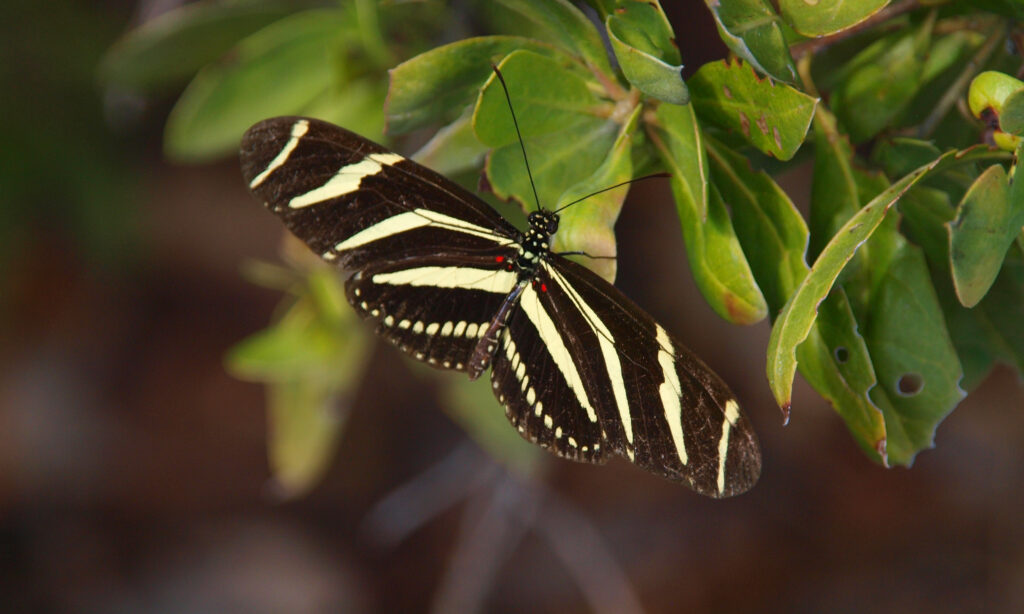

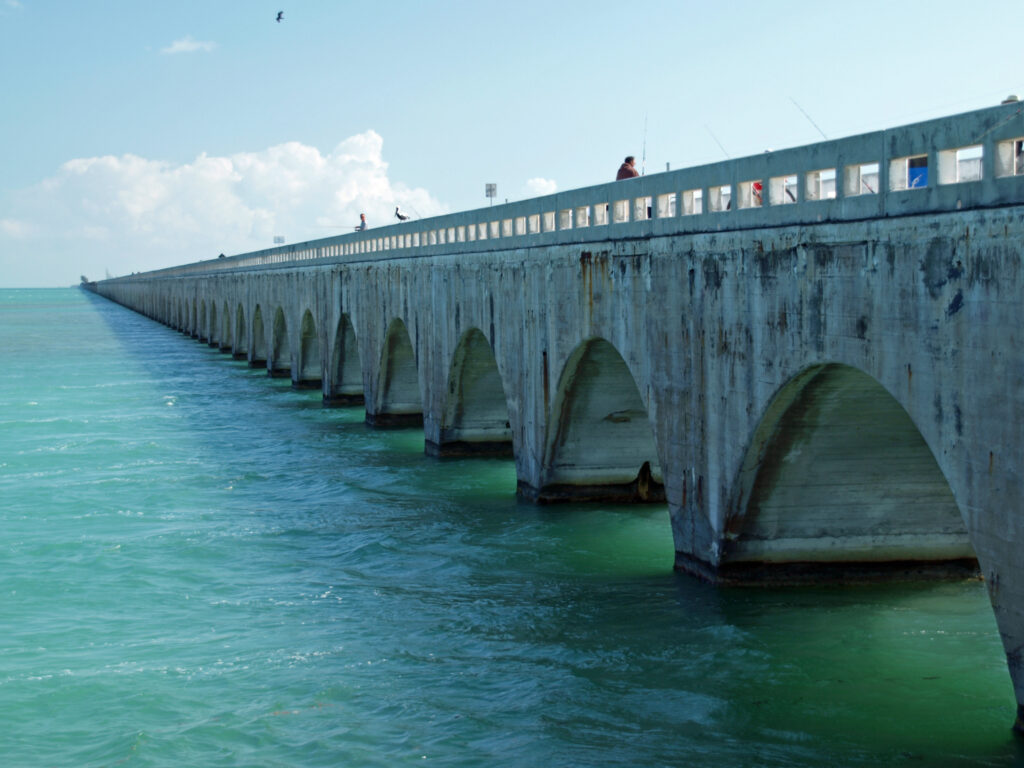
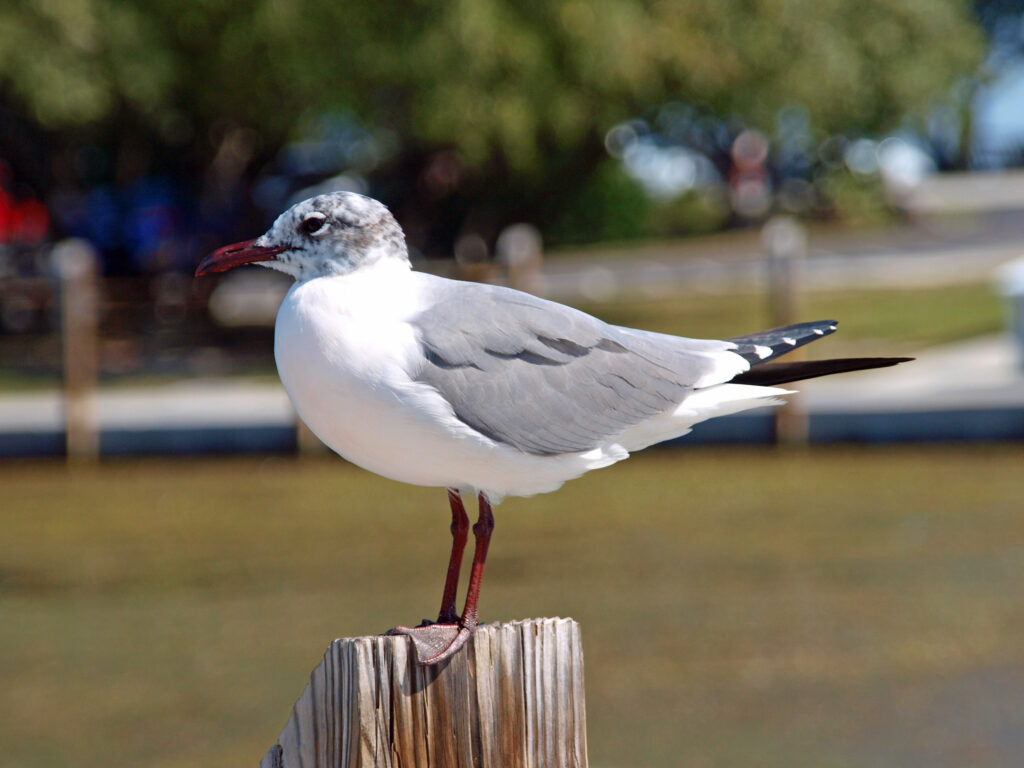














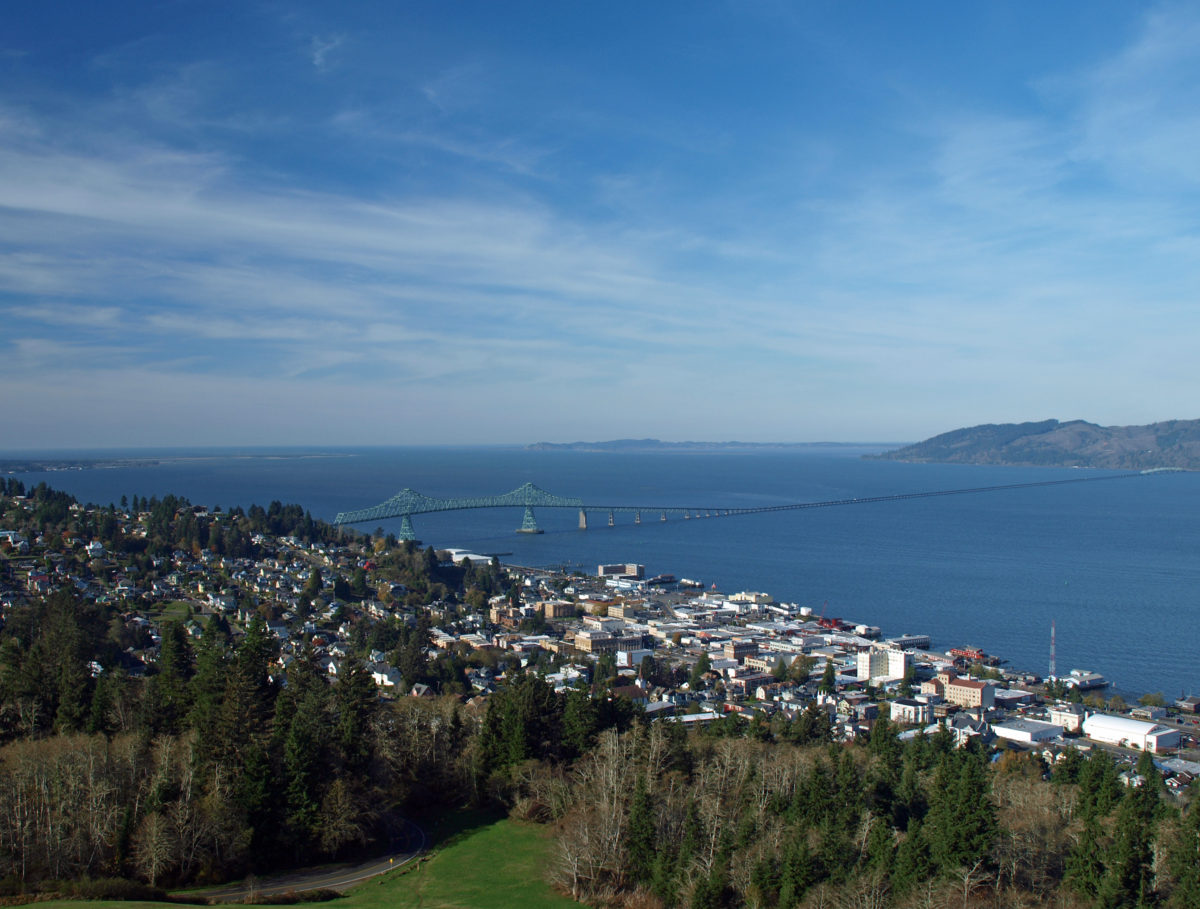




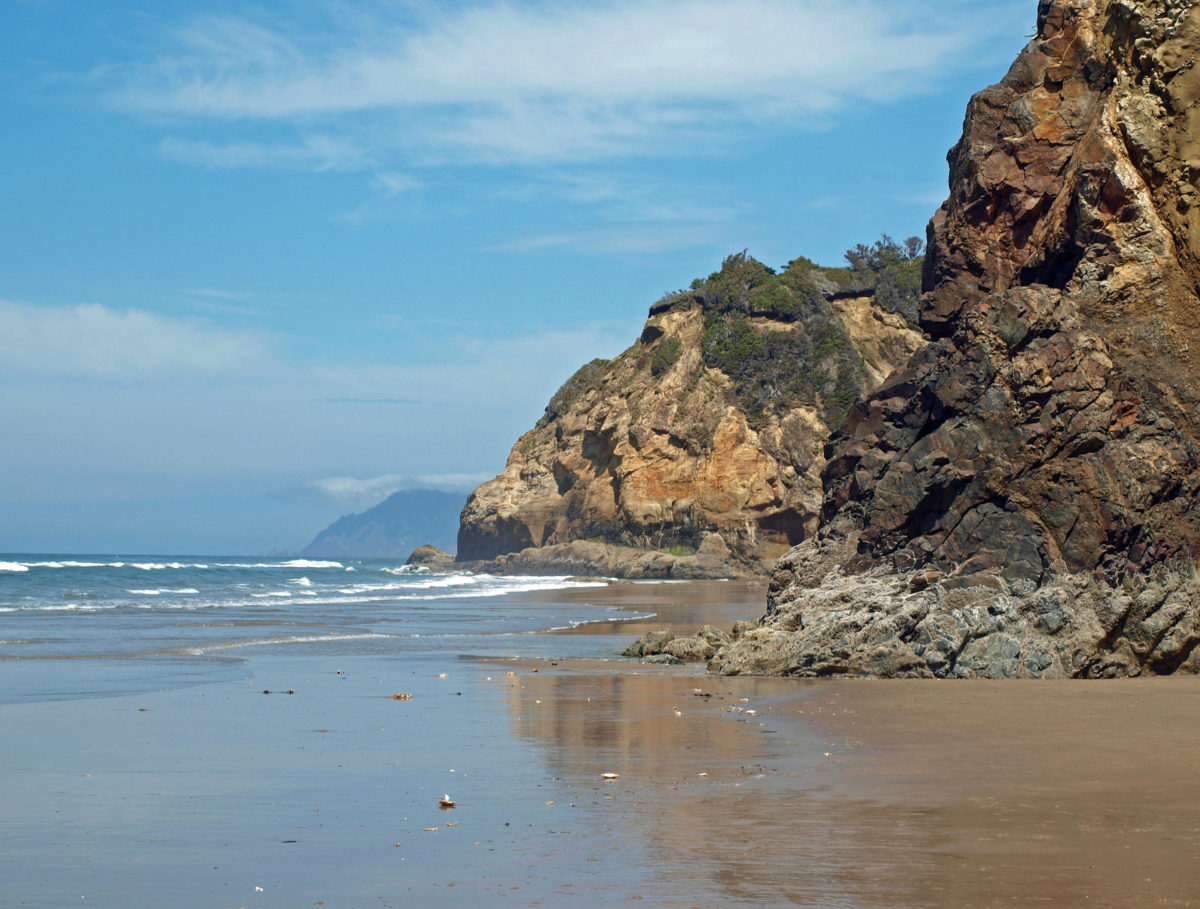






 I love the eroded sandstone rock formations found at Hug Point. The layered sandstone of the point has been warped and folded by tectonic processes and eroded by wind and water into fantastic formations. The tidewater rocks are covered in green algae and seaweed, barnacles, and mussels. The rocks, sand, colorful vegetation, waves, and ever changing light make for great photo opportunities.
I love the eroded sandstone rock formations found at Hug Point. The layered sandstone of the point has been warped and folded by tectonic processes and eroded by wind and water into fantastic formations. The tidewater rocks are covered in green algae and seaweed, barnacles, and mussels. The rocks, sand, colorful vegetation, waves, and ever changing light make for great photo opportunities. Hug Point State Park is located about five miles south of Cannon Beach. The point can also be reached from Arcadia Beach State Park, about a mile to the north. It’s an easy day trip from the Portland area, but there many other attractions in the area, so many visitors spend a weekend or longer in the area.
Hug Point State Park is located about five miles south of Cannon Beach. The point can also be reached from Arcadia Beach State Park, about a mile to the north. It’s an easy day trip from the Portland area, but there many other attractions in the area, so many visitors spend a weekend or longer in the area. The nearby towns of Cannon Beach, Seaside, and Manzanita all have numerous motels, BNBs, and other accommodations, as well as many restaurants and cafes serving fresh seafood and other locally sourced foods.
The nearby towns of Cannon Beach, Seaside, and Manzanita all have numerous motels, BNBs, and other accommodations, as well as many restaurants and cafes serving fresh seafood and other locally sourced foods. 
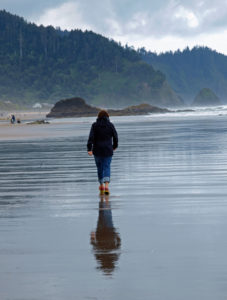


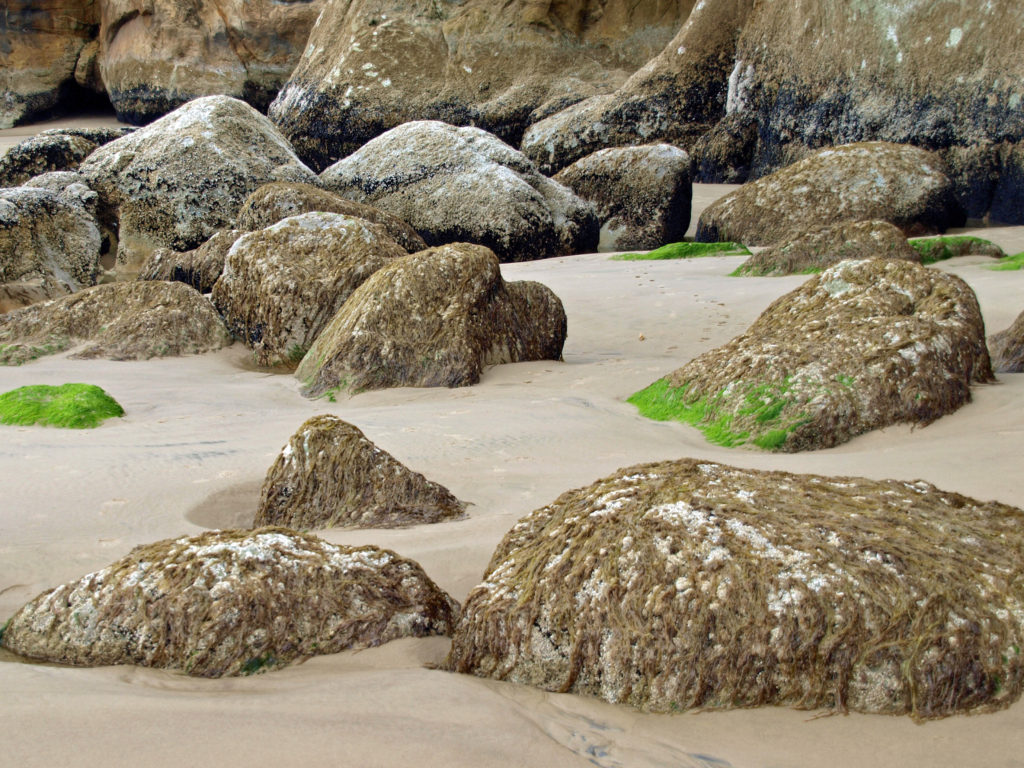 One note of caution, though. If you go, pay attention to the tides. The waterfall and caves that draw most of the visitors to Hug Point State Park are nestled between Adair Point, immediately north of the beach access, and Hug Point itself. At high tide it can be difficult or impossible to get around these two points, so it is possible to get trapped between them.
One note of caution, though. If you go, pay attention to the tides. The waterfall and caves that draw most of the visitors to Hug Point State Park are nestled between Adair Point, immediately north of the beach access, and Hug Point itself. At high tide it can be difficult or impossible to get around these two points, so it is possible to get trapped between them.





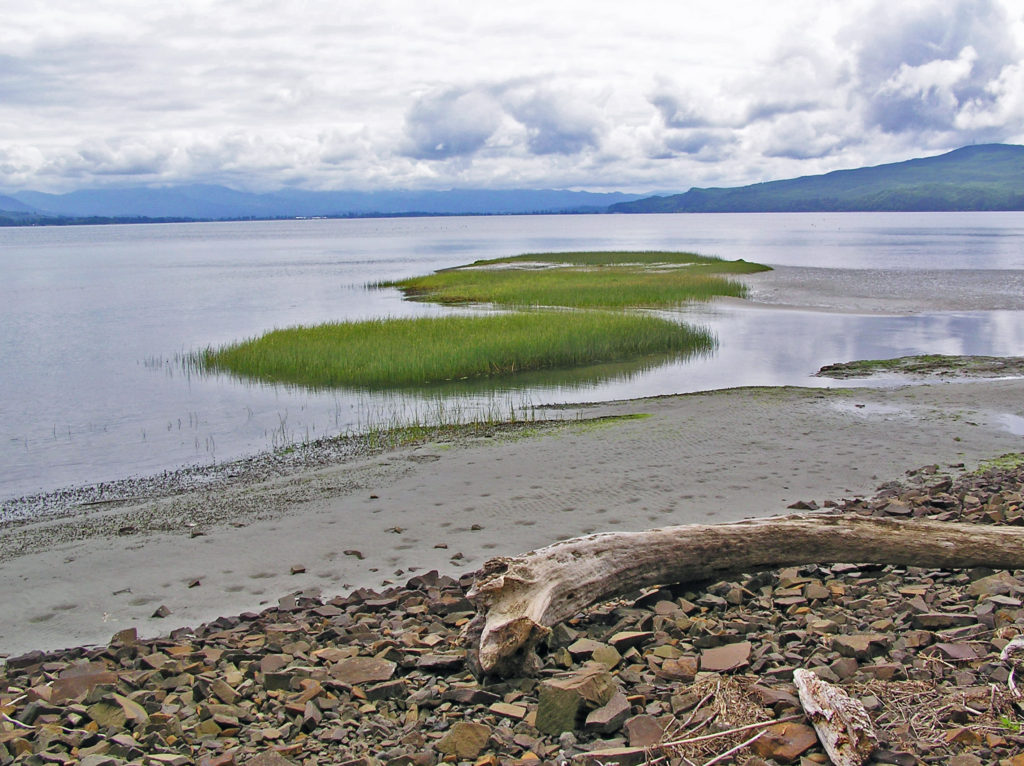 The peninsula is now an undeveloped county park. There has never been a campground, but in the past backcountry camping was permitted. That has changed, however, and overnight camping is no longer allowed.
The peninsula is now an undeveloped county park. There has never been a campground, but in the past backcountry camping was permitted. That has changed, however, and overnight camping is no longer allowed. Getting there:
Getting there:  The hike:
The hike: Or, continue along the beach until you reach the south jetty at the mouth of Tillamook Bay. You’ll be rewarded with one of the least crowded beaches on the entire coast. You might have the beach to yourself even on summer weekends.
Or, continue along the beach until you reach the south jetty at the mouth of Tillamook Bay. You’ll be rewarded with one of the least crowded beaches on the entire coast. You might have the beach to yourself even on summer weekends. From the jetty you can return the way you came for 7.2 mile out and back beach walk or complete the 7.7-mile loop hike by following the jetty inland to the old jetty haul road and following it back to the trailhead. The road is rock and gravel with some sandy stretches. It runs along the bayshore, with good views of the shore and bay, with a couple of stretches in the pine and spruce forest of the peninsula interior.
From the jetty you can return the way you came for 7.2 mile out and back beach walk or complete the 7.7-mile loop hike by following the jetty inland to the old jetty haul road and following it back to the trailhead. The road is rock and gravel with some sandy stretches. It runs along the bayshore, with good views of the shore and bay, with a couple of stretches in the pine and spruce forest of the peninsula interior. Look for ducks and geese on the water and shorebirds along the water’s edge. This is one of the best birding areas for waterfowl on the coast.
Look for ducks and geese on the water and shorebirds along the water’s edge. This is one of the best birding areas for waterfowl on the coast. Near the end of the hike look for a sign labeled Bayocean Townsite. Here a trail leads toward the beach to the old townsite. The trail loops south through what was then the bayfront (the whole peninsula has shifted a couple of hundred yards to the east and much of the old townsite is now under the waves), then returns to the haul road, where there is an interpretive display that tells the tale of the town and its demise. From there, return to the parking area. (If you started at the town of Cape Meares, hike from the Dike Road parking area through the dunes and return to Cape Meares on the beach.)
Near the end of the hike look for a sign labeled Bayocean Townsite. Here a trail leads toward the beach to the old townsite. The trail loops south through what was then the bayfront (the whole peninsula has shifted a couple of hundred yards to the east and much of the old townsite is now under the waves), then returns to the haul road, where there is an interpretive display that tells the tale of the town and its demise. From there, return to the parking area. (If you started at the town of Cape Meares, hike from the Dike Road parking area through the dunes and return to Cape Meares on the beach.)
 Farther south,
Farther south, 

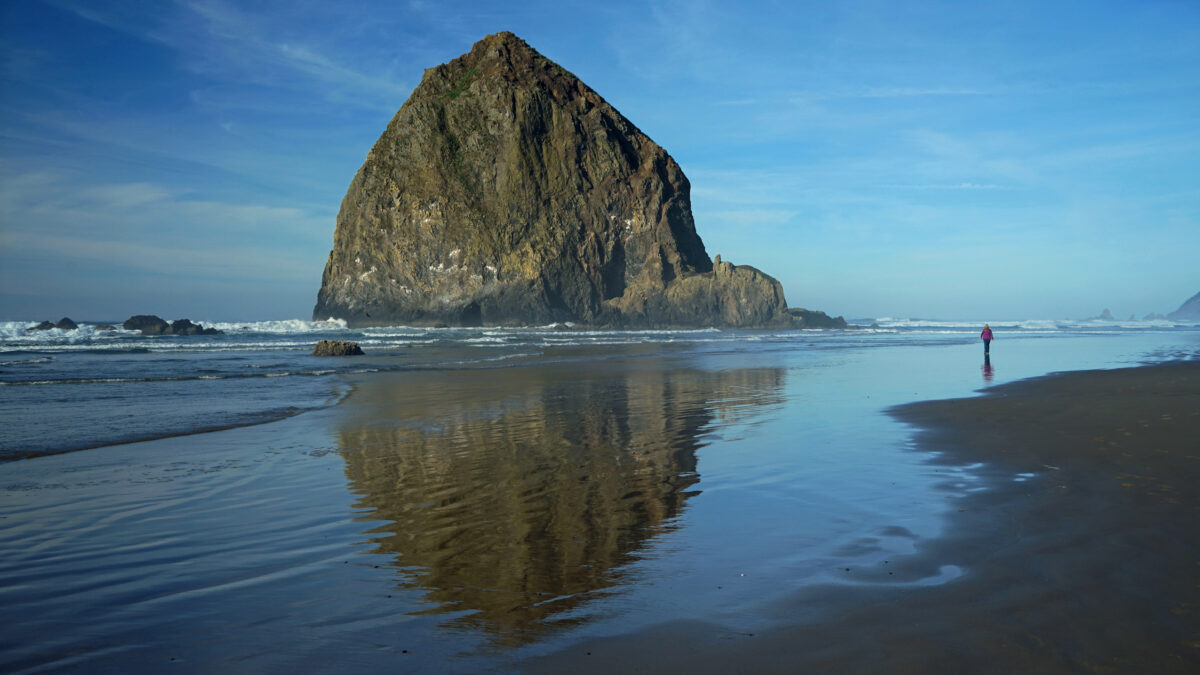
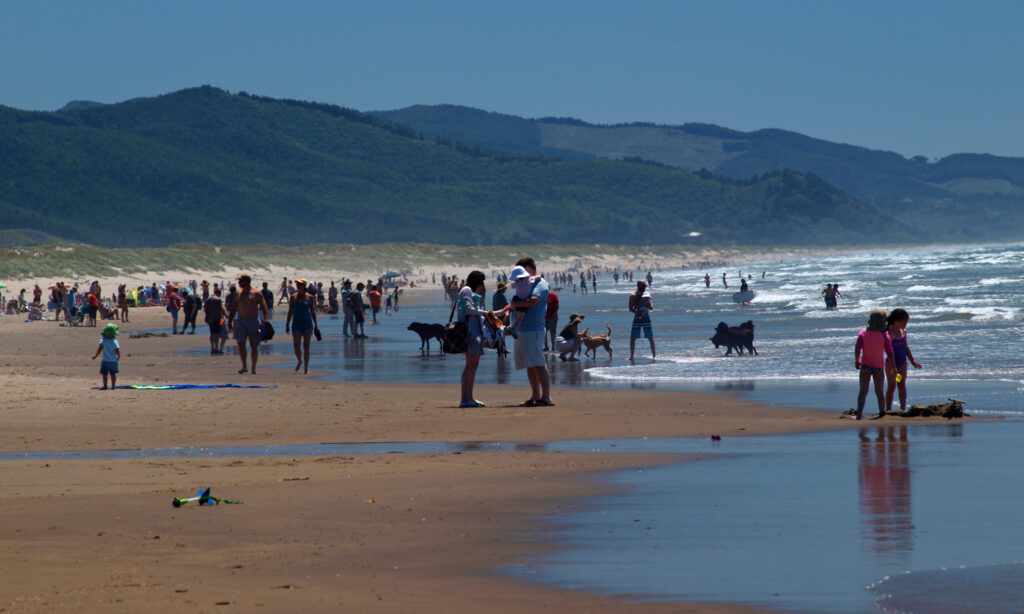
 I’ll cover four of my favorite northern Oregon coastal towns in this post: Cannon Beach, Gearhart, Manzanita, and Oceanside. They all have their own unique personality, but they all share a few things in common. They’re all small (none have more than 3,000 year-round residents), they’re all beachfront towns and the Pacific Ocean plays a big role in their culture and community, all but tiny Oceanside have an active arts scene, and you can find outstanding places to eat and drink in each of them.
I’ll cover four of my favorite northern Oregon coastal towns in this post: Cannon Beach, Gearhart, Manzanita, and Oceanside. They all have their own unique personality, but they all share a few things in common. They’re all small (none have more than 3,000 year-round residents), they’re all beachfront towns and the Pacific Ocean plays a big role in their culture and community, all but tiny Oceanside have an active arts scene, and you can find outstanding places to eat and drink in each of them.
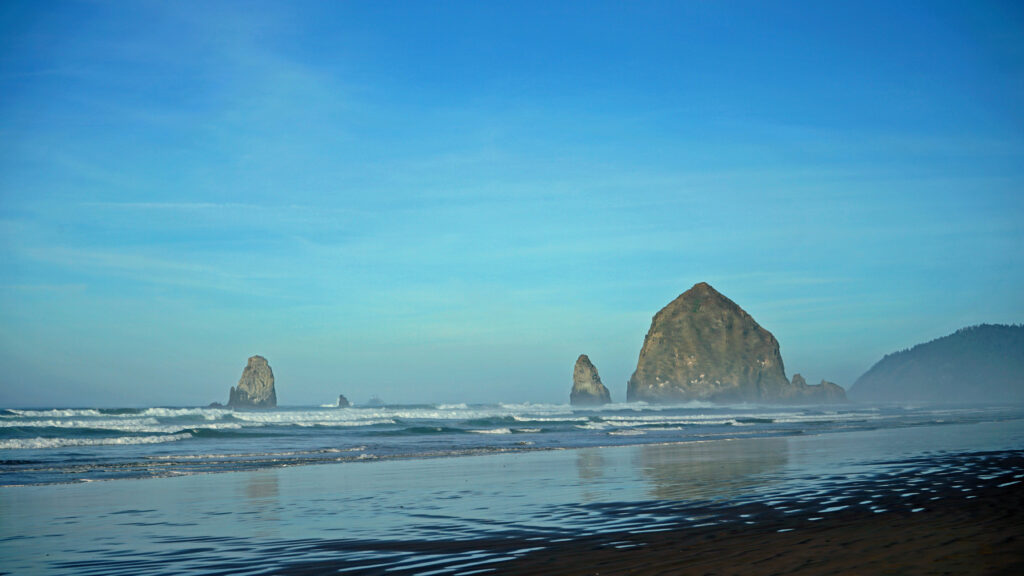
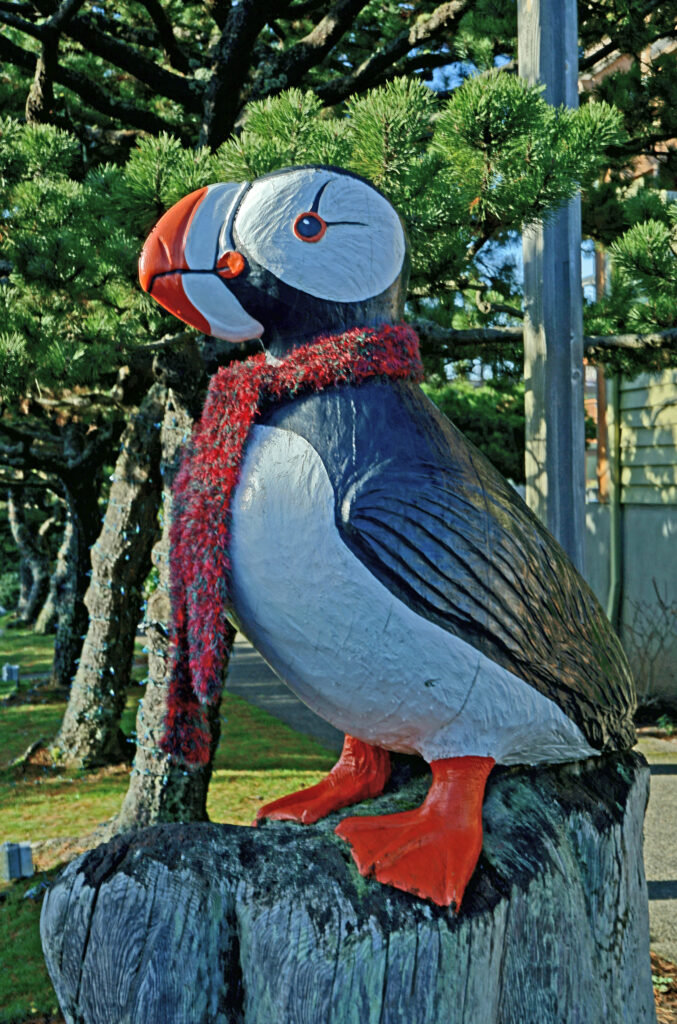












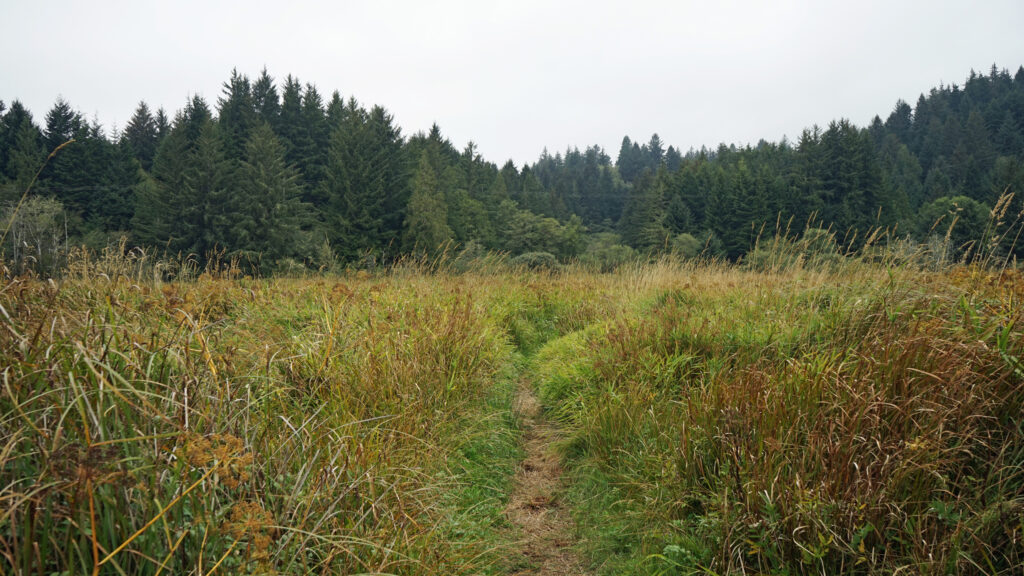

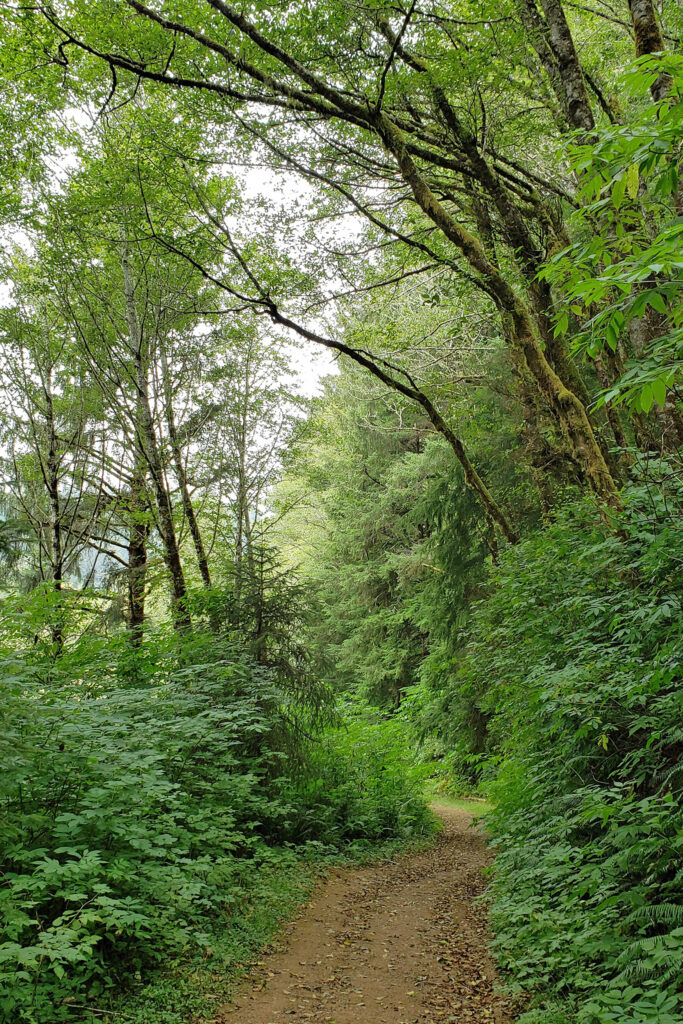 Beyond the Snaggy Point Trail junction, the loop trail continues through the forest along the edge of the marsh to a junction with the Antler Overlook Trail, which connects to the Cooper Ridge Trail and provides another overcrossing of the upland area. The main loop trail then continues through the forest to the agricultural buildings mentioned in the winter trailhead description. Beyond the buildings walk up the service road for a couple hundred yards and look for the loop trail branching off to the left. The trail follows the edge of an open field.
Beyond the Snaggy Point Trail junction, the loop trail continues through the forest along the edge of the marsh to a junction with the Antler Overlook Trail, which connects to the Cooper Ridge Trail and provides another overcrossing of the upland area. The main loop trail then continues through the forest to the agricultural buildings mentioned in the winter trailhead description. Beyond the buildings walk up the service road for a couple hundred yards and look for the loop trail branching off to the left. The trail follows the edge of an open field.
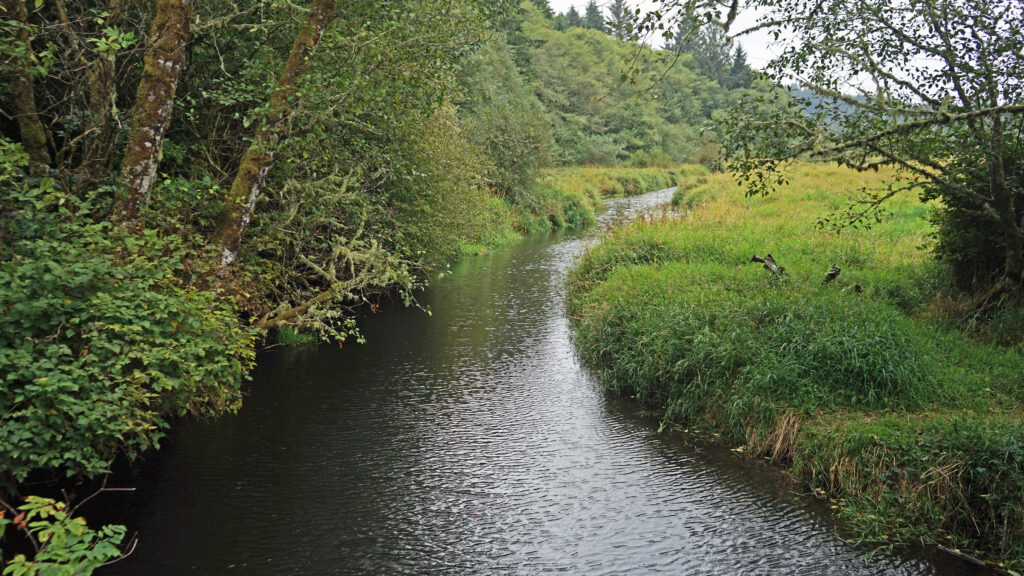






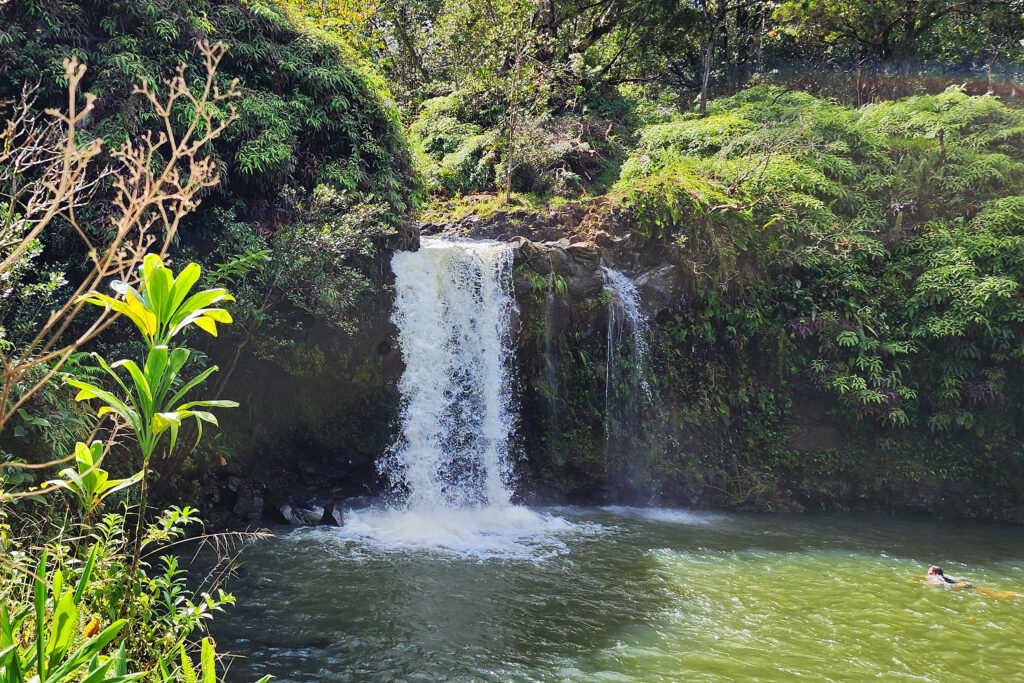
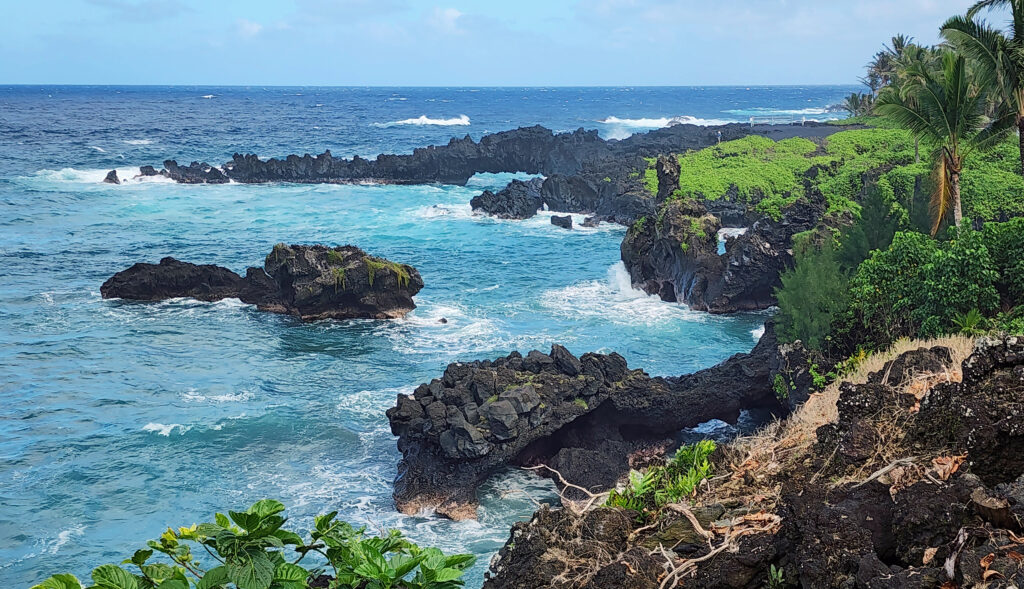

 There are a lot of things that you’ll miss if you’re visiting Hana as a day trip. Better to do as we did and spend a night or two. That will give you enough time to really see and enjoy the East Maui area. But be forewarned, Hana is expensive.
There are a lot of things that you’ll miss if you’re visiting Hana as a day trip. Better to do as we did and spend a night or two. That will give you enough time to really see and enjoy the East Maui area. But be forewarned, Hana is expensive.













 Posted March 3, 2023.
Posted March 3, 2023.











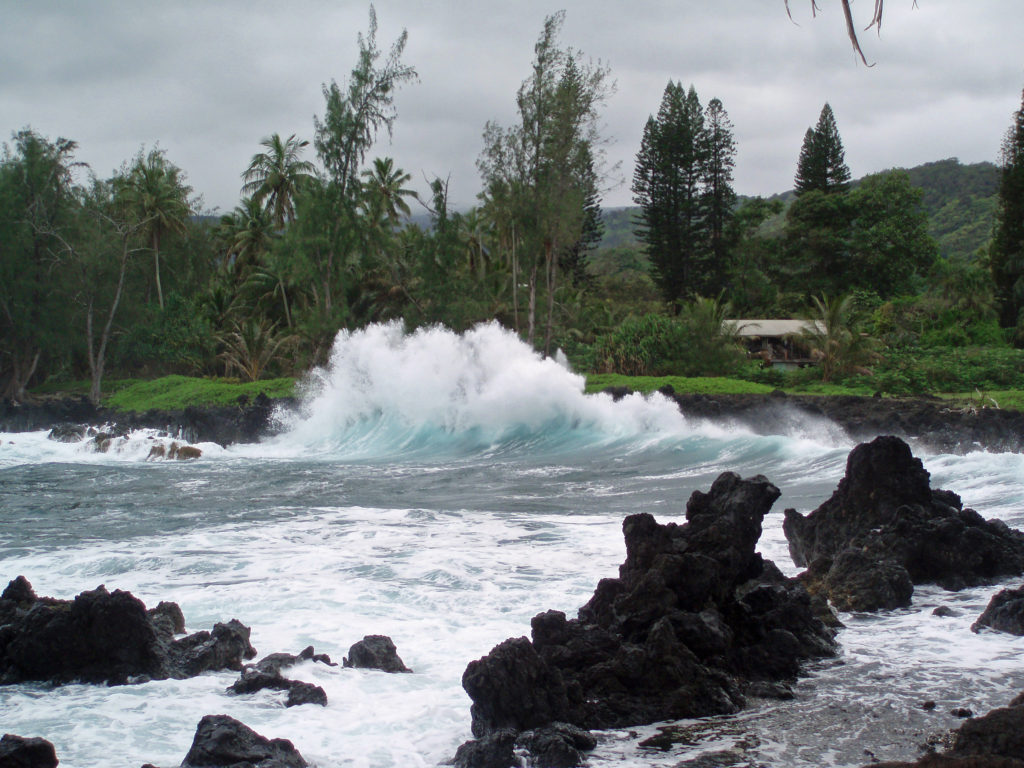

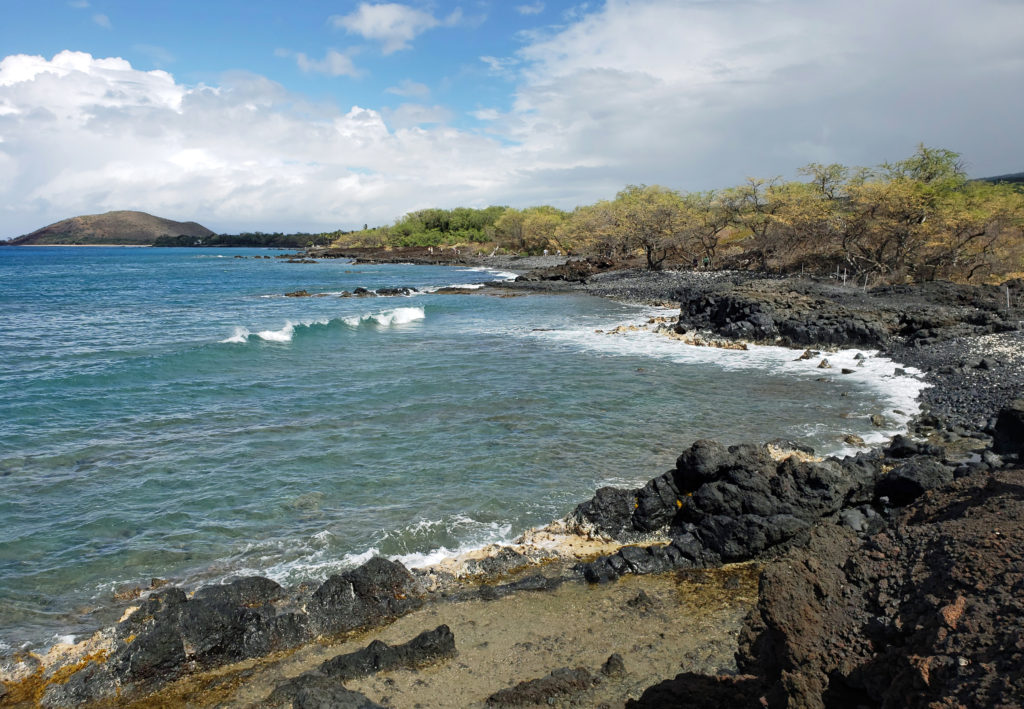












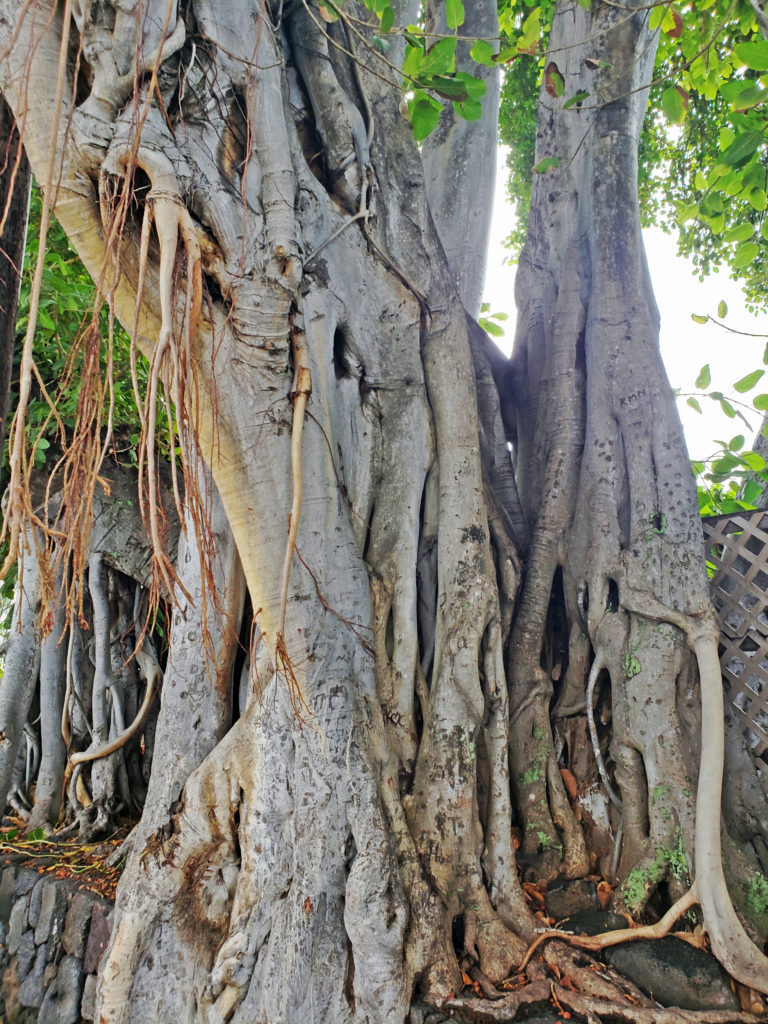




















 Originally posted August 6, 2019. Updated and re-posted November 19, 2022.
Originally posted August 6, 2019. Updated and re-posted November 19, 2022.


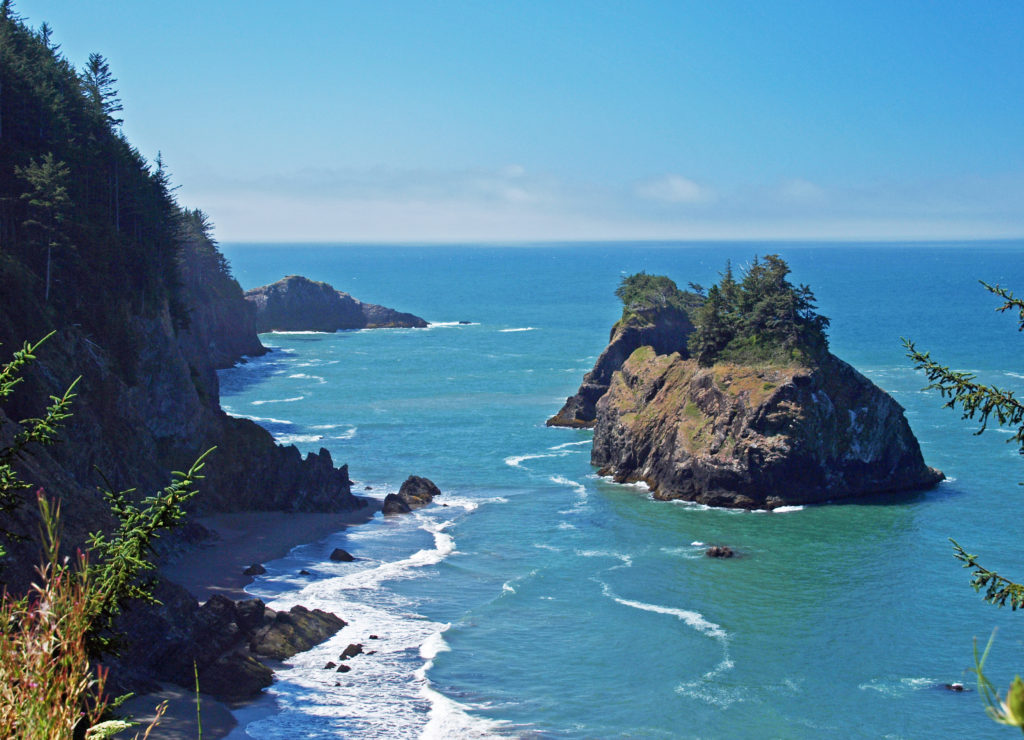

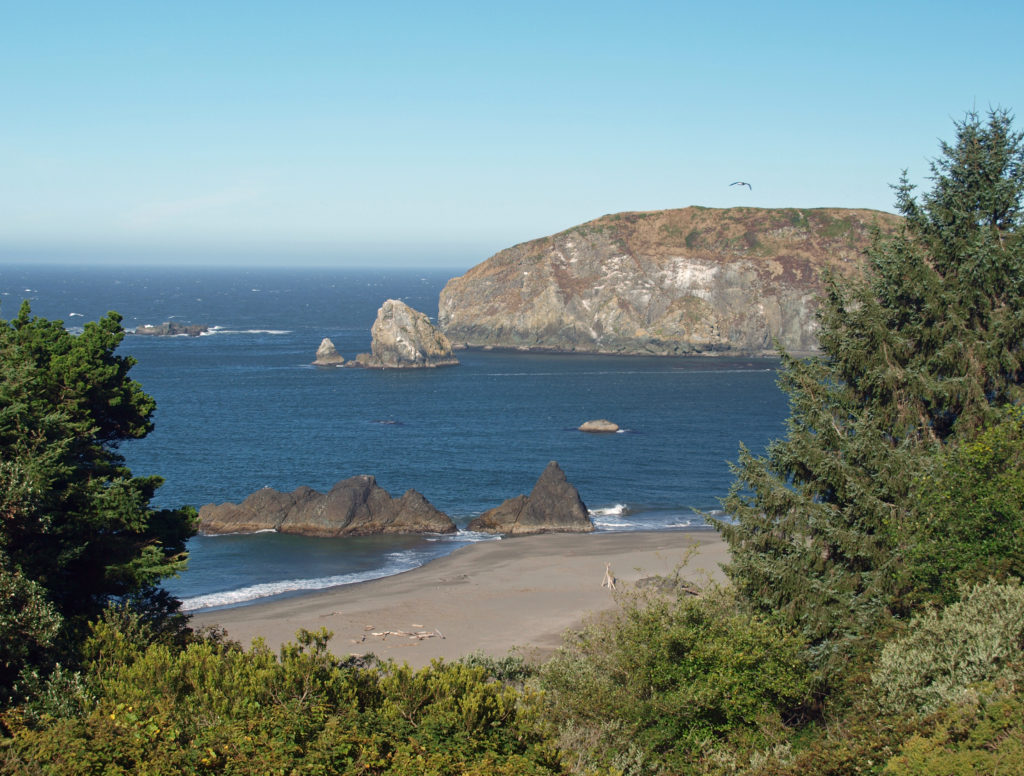





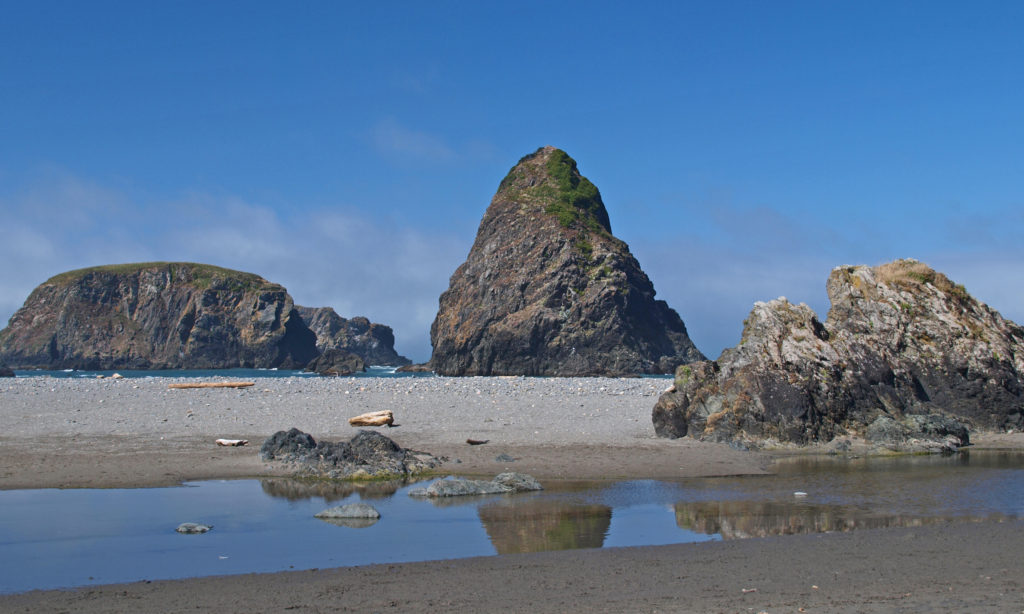 The towns of Brookings and Gold Beach that bookend this stretch of the coast aren’t the main attractions here, but they’re both worth spending a little time to explore at the end of the day. Brookings is the bigger town, with more to see and do. Gold Beach is smaller and quieter, with more of a lost-in-time vibe. Both have decent dining options. If you’re ending your day in Brookings, try Black Trumpet Bistro, Superfly, or Oxenfre Public House for dinner. Chetco Brewing Company has a good selection of beers and there’s a vegan food truck there. In Gold Beach, try Barnacle Bistro, Port Hole Cafe or The Crow’s Nest.
The towns of Brookings and Gold Beach that bookend this stretch of the coast aren’t the main attractions here, but they’re both worth spending a little time to explore at the end of the day. Brookings is the bigger town, with more to see and do. Gold Beach is smaller and quieter, with more of a lost-in-time vibe. Both have decent dining options. If you’re ending your day in Brookings, try Black Trumpet Bistro, Superfly, or Oxenfre Public House for dinner. Chetco Brewing Company has a good selection of beers and there’s a vegan food truck there. In Gold Beach, try Barnacle Bistro, Port Hole Cafe or The Crow’s Nest.
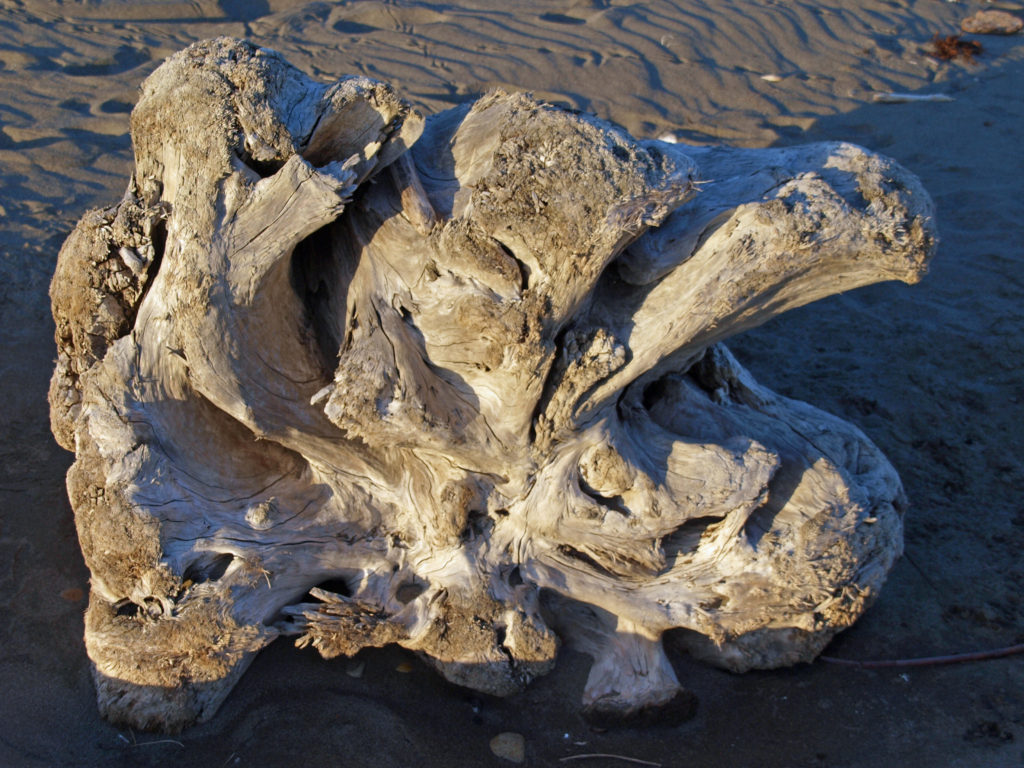



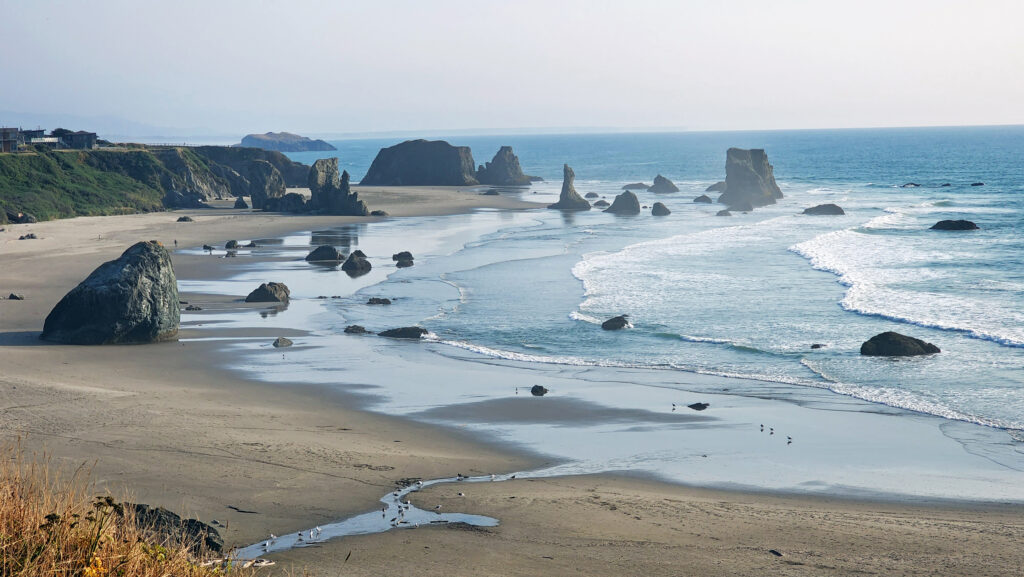
 History
History One of the things Lord Bennett brought to Bandon from Ireland was gorse, a thorny, thick growing plant with bright yellow flowers. In Ireland it was used for privacy hedges and property boundaries because it is almost impenetrable. In Oregon it went wild and was one of the state’s first invasive plants. Besides being thick and thorny, it is also a very oily plant and burns readily. In 1936 a small forest fire started from a slash burn that got out of hand, spread to the gorse near the town, and then to the town itself, destroying all but 16 of the 500 structures in the town. The fire decimated the community and all but ended shipping to and from the harbor.
One of the things Lord Bennett brought to Bandon from Ireland was gorse, a thorny, thick growing plant with bright yellow flowers. In Ireland it was used for privacy hedges and property boundaries because it is almost impenetrable. In Oregon it went wild and was one of the state’s first invasive plants. Besides being thick and thorny, it is also a very oily plant and burns readily. In 1936 a small forest fire started from a slash burn that got out of hand, spread to the gorse near the town, and then to the town itself, destroying all but 16 of the 500 structures in the town. The fire decimated the community and all but ended shipping to and from the harbor. In my youth, Bandon was primarily a mill town, with fishing and agriculture secondary industries. Today, the lumber and plywood mills are long gone. There is still a small fishing fleet that operates out of the harbor, Bandon is still one of the leading cranberry producing areas of the country, and dairy farming is still an important component of the economy. But it is tourism that drives the economy today. The three main tourist draws are the beaches, Bandon Dunes Golf Resort, and the old town section of Bandon.
In my youth, Bandon was primarily a mill town, with fishing and agriculture secondary industries. Today, the lumber and plywood mills are long gone. There is still a small fishing fleet that operates out of the harbor, Bandon is still one of the leading cranberry producing areas of the country, and dairy farming is still an important component of the economy. But it is tourism that drives the economy today. The three main tourist draws are the beaches, Bandon Dunes Golf Resort, and the old town section of Bandon. The Beaches
The Beaches
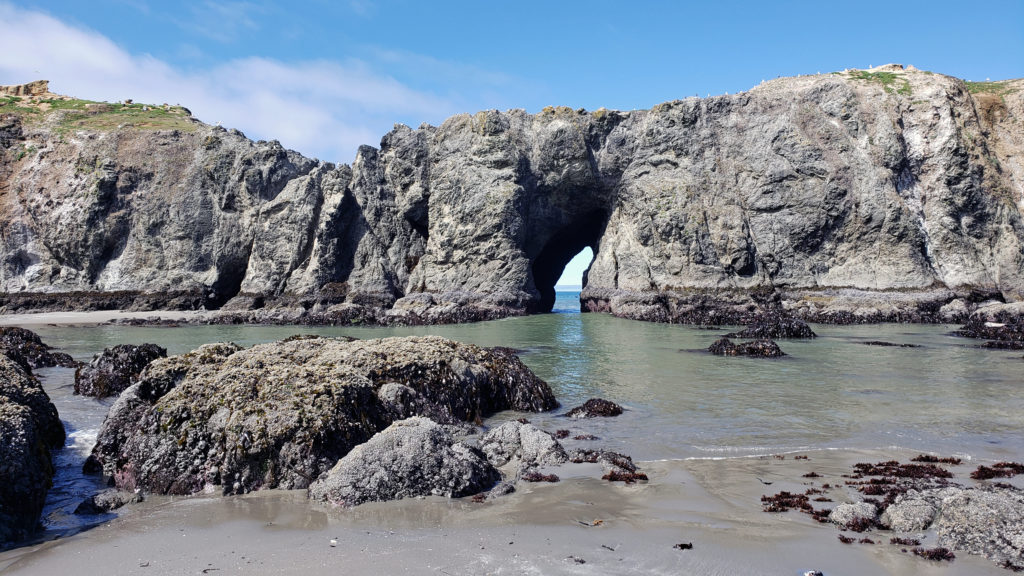 Access can be had from the south jetty area, from the wayside at the end of 11th Street, and from Face Rock State Scenic Viewpoint on the Beach Loop Road. Farther south on the Beach Loop Road are other beach access points at Devils Kitchen and Bandon State Natural Area.
Access can be had from the south jetty area, from the wayside at the end of 11th Street, and from Face Rock State Scenic Viewpoint on the Beach Loop Road. Farther south on the Beach Loop Road are other beach access points at Devils Kitchen and Bandon State Natural Area.
 In 1939 the Coast Guard took over the lighthouse and deemed it unnecessary. The lighthouse was replaced by an automated light on the south jetty. The lighthouse sat abandoned for 24 years until it became part of the new Bullards Beach State Park in 1963. It was another 13 years before renovation of the lighthouse began, but it finally opened to the public in 1979. In 1991, during Bandon’s centennial celebration, a solar powered light was installed, ending the Coquille River Lighthouse’s 52 years of darkness. Further renovation of the lighthouse was done in 2007. The lighthouse closed to the public due to the Covid-19 pandemic and has yet to re-open, so you can’t go inside, but the road to it and the parking area are open.
In 1939 the Coast Guard took over the lighthouse and deemed it unnecessary. The lighthouse was replaced by an automated light on the south jetty. The lighthouse sat abandoned for 24 years until it became part of the new Bullards Beach State Park in 1963. It was another 13 years before renovation of the lighthouse began, but it finally opened to the public in 1979. In 1991, during Bandon’s centennial celebration, a solar powered light was installed, ending the Coquille River Lighthouse’s 52 years of darkness. Further renovation of the lighthouse was done in 2007. The lighthouse closed to the public due to the Covid-19 pandemic and has yet to re-open, so you can’t go inside, but the road to it and the parking area are open. Circles in the Sand
Circles in the Sand The
The 
 All of the Bandon Dunes courses are consistently rated in the top 100 courses in the United States, and the 13 hole par three course, Bandon Preserve, is a challenge in itself. A few miles south of town,
All of the Bandon Dunes courses are consistently rated in the top 100 courses in the United States, and the 13 hole par three course, Bandon Preserve, is a challenge in itself. A few miles south of town, 
 Good eats abound in Old Town. Start your day at Bandon Coffee Cafe, Jenn’s Joint Coffee Shop, Bandon Baking Company, or Shoestring Cafe. Stop at Face Rock Creamery to sample locally made cheeses and ice cream. Seafood lovers will want to sample the fare at Tony’s Crab Shack and Bandon Fish Market. Pub fare and quality draft beer are both to be had at Foley’s Irish Pub and Bandon Brewing Company. Decent and very affordable Mexican food can be had at La Fiesta. And if more upscale dining is what you’re looking for, try The Loft Restaurant and Bar or Alloro Wine Bar and Restaurant.
Good eats abound in Old Town. Start your day at Bandon Coffee Cafe, Jenn’s Joint Coffee Shop, Bandon Baking Company, or Shoestring Cafe. Stop at Face Rock Creamery to sample locally made cheeses and ice cream. Seafood lovers will want to sample the fare at Tony’s Crab Shack and Bandon Fish Market. Pub fare and quality draft beer are both to be had at Foley’s Irish Pub and Bandon Brewing Company. Decent and very affordable Mexican food can be had at La Fiesta. And if more upscale dining is what you’re looking for, try The Loft Restaurant and Bar or Alloro Wine Bar and Restaurant. Accommodations
Accommodations There is a campground at
There is a campground at  Getting There
Getting There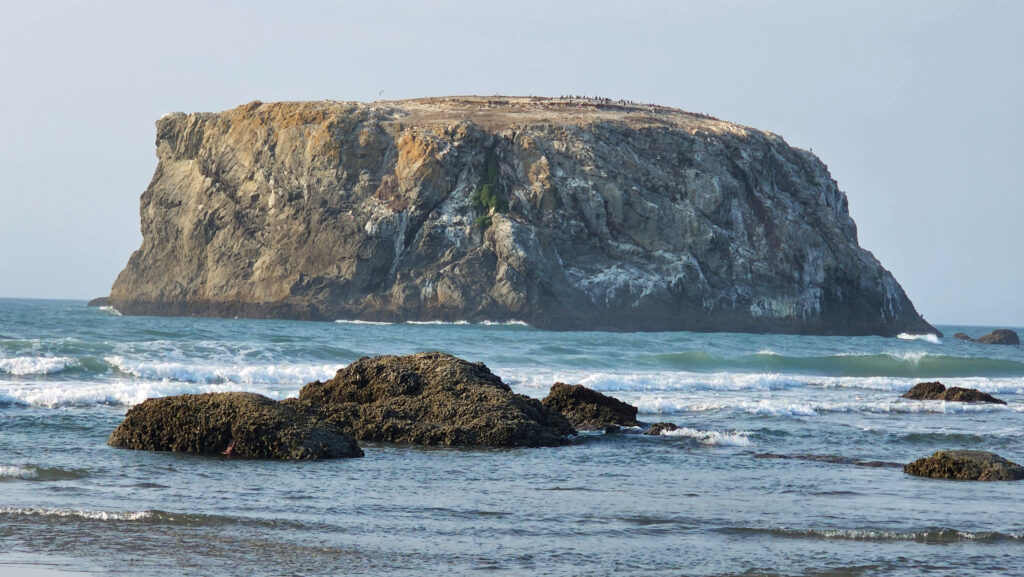 Consider combining a visit to Bandon with a drive south along the spectacular
Consider combining a visit to Bandon with a drive south along the spectacular 





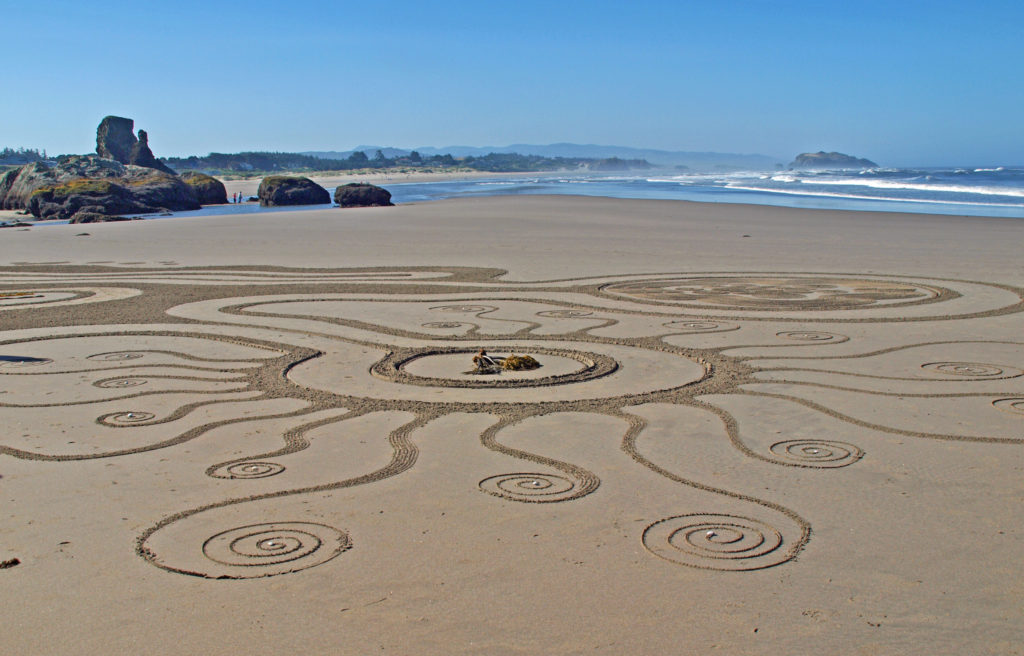
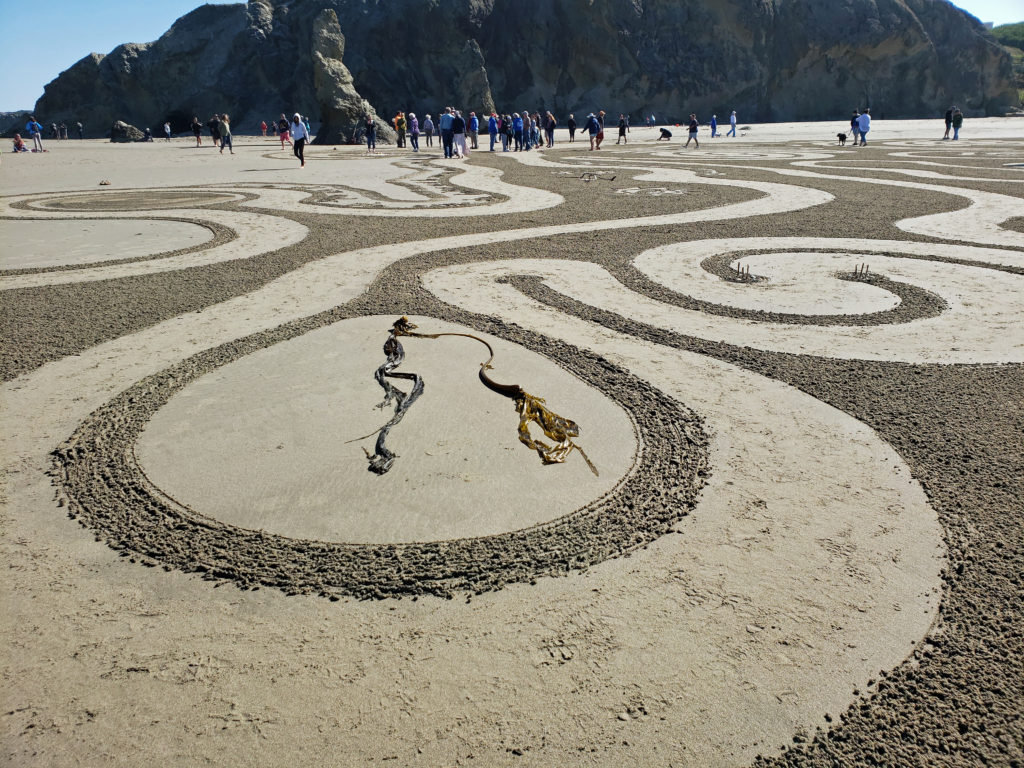
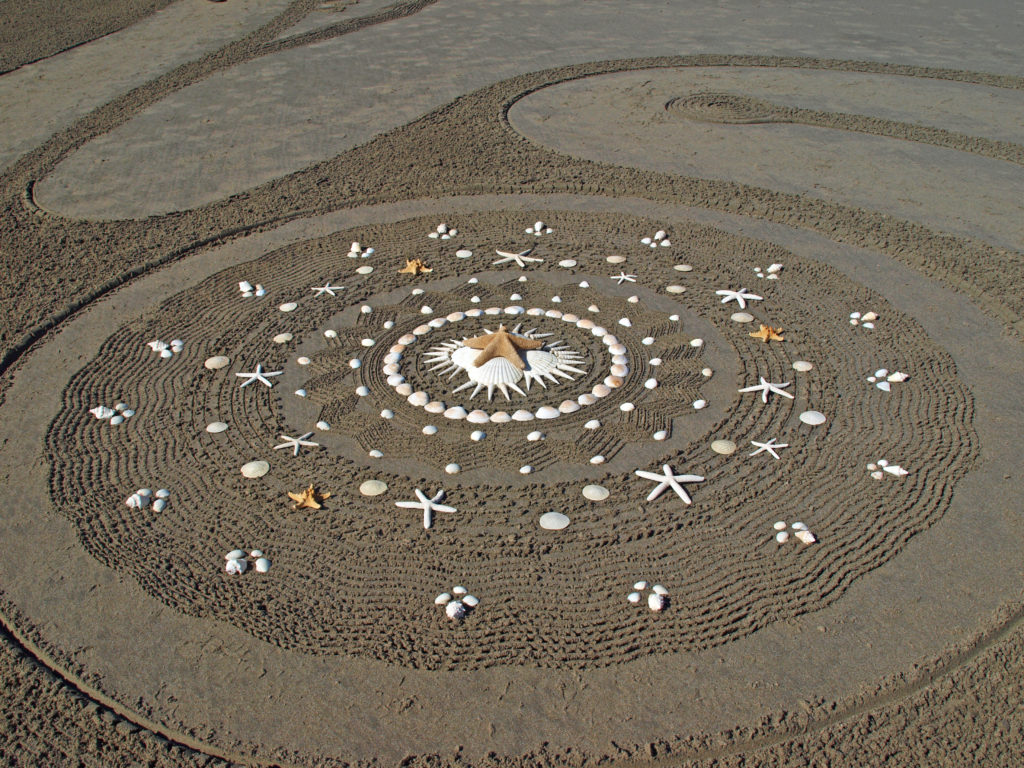
 The Circles in the Sand labyrinths are created on the beach below the Face Rock Wayside in
The Circles in the Sand labyrinths are created on the beach below the Face Rock Wayside in 
 Together with the rock formations at Coquille Point, a short distance north of the Face Rock Wayside, this stretch of beach is truly spectacular, well worth a visit at any time of the year. Combining a visit with the opportunity to experience Circles in the Sand makes for a unique and memorable experience.
Together with the rock formations at Coquille Point, a short distance north of the Face Rock Wayside, this stretch of beach is truly spectacular, well worth a visit at any time of the year. Combining a visit with the opportunity to experience Circles in the Sand makes for a unique and memorable experience.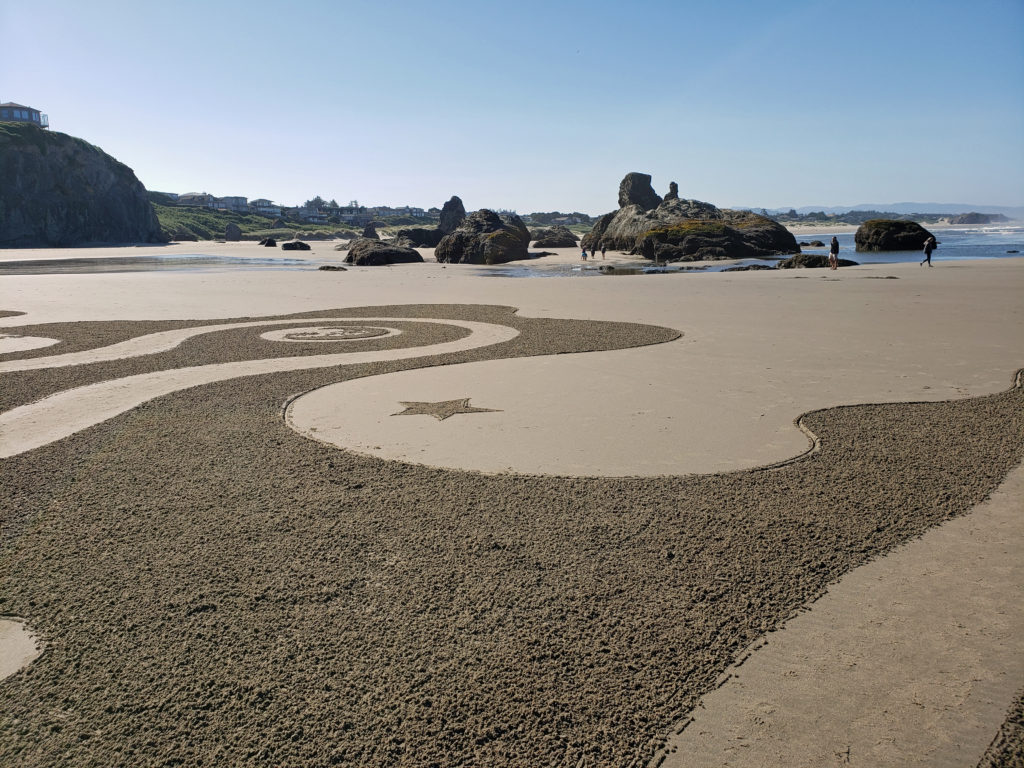


 Originally posted July 24, 2019. Updated and re-posted June 18, 2022.
Originally posted July 24, 2019. Updated and re-posted June 18, 2022.
 If you’ve never been to Point Defiance, check out the park’s
If you’ve never been to Point Defiance, check out the park’s 

 There is a wide, paved, ADA accessible path (the Promenade) connecting the beach with the marina area of the park and the Point Ruston Waterwalk, giving unhindered pedestrian and bicycle access to the park from the Tacoma waterfront. And a construction project completed in 2022 expanded the parking lot, created new entry and exit paths for pedestrians and cyclists separated from the vehicle roadway, a new beach pavilion, new restrooms, a new ADA accessible children’s playground, new ADA accessible plazas and pathways, and a renovated WPA-era picnic shelter.
There is a wide, paved, ADA accessible path (the Promenade) connecting the beach with the marina area of the park and the Point Ruston Waterwalk, giving unhindered pedestrian and bicycle access to the park from the Tacoma waterfront. And a construction project completed in 2022 expanded the parking lot, created new entry and exit paths for pedestrians and cyclists separated from the vehicle roadway, a new beach pavilion, new restrooms, a new ADA accessible children’s playground, new ADA accessible plazas and pathways, and a renovated WPA-era picnic shelter. The outer loop of the Five Mile Drive provides numerous waterfront access points with views across Dalco Passage to Vashon Island and across The Narrows to the
The outer loop of the Five Mile Drive provides numerous waterfront access points with views across Dalco Passage to Vashon Island and across The Narrows to the  The outer loop is closed to vehicular traffic part of the day to give cyclists, runners, and pedestrians access to the northern half of the park free from conflicts with motor vehicles. On our most recent visit it was closed after 2:00 pm, but on our previous visit it was, I believe, closed in the morning. Check the Point Defiance Park website (linked above) for the current schedule if you plan to visit the park.
The outer loop is closed to vehicular traffic part of the day to give cyclists, runners, and pedestrians access to the northern half of the park free from conflicts with motor vehicles. On our most recent visit it was closed after 2:00 pm, but on our previous visit it was, I believe, closed in the morning. Check the Point Defiance Park website (linked above) for the current schedule if you plan to visit the park.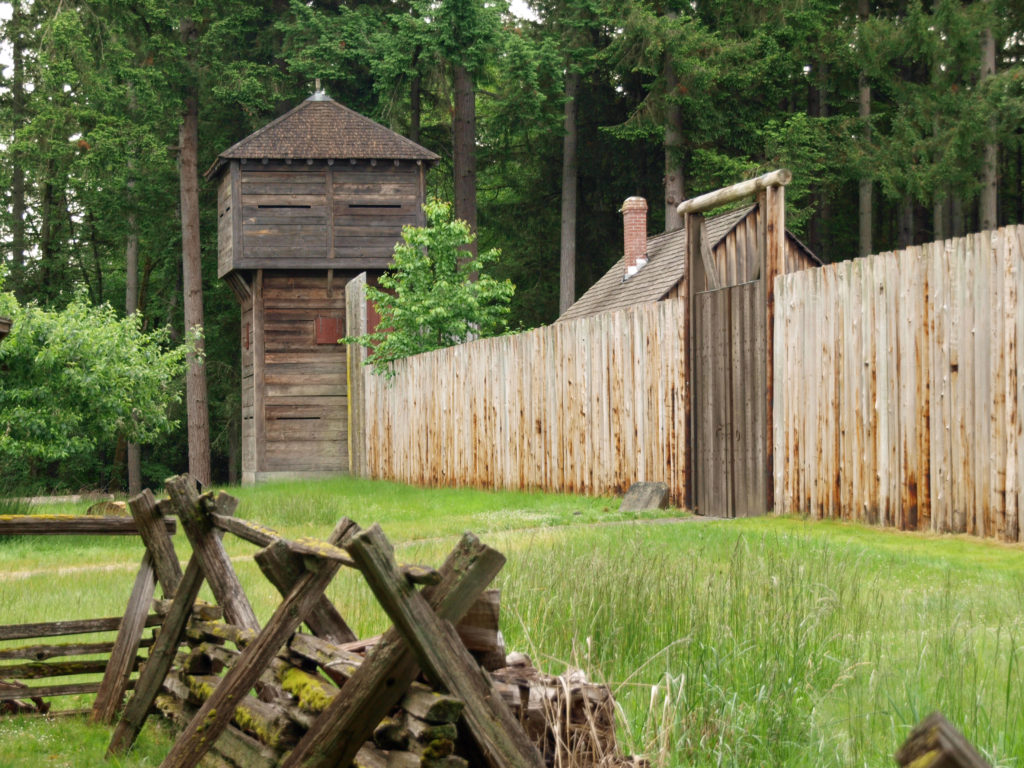




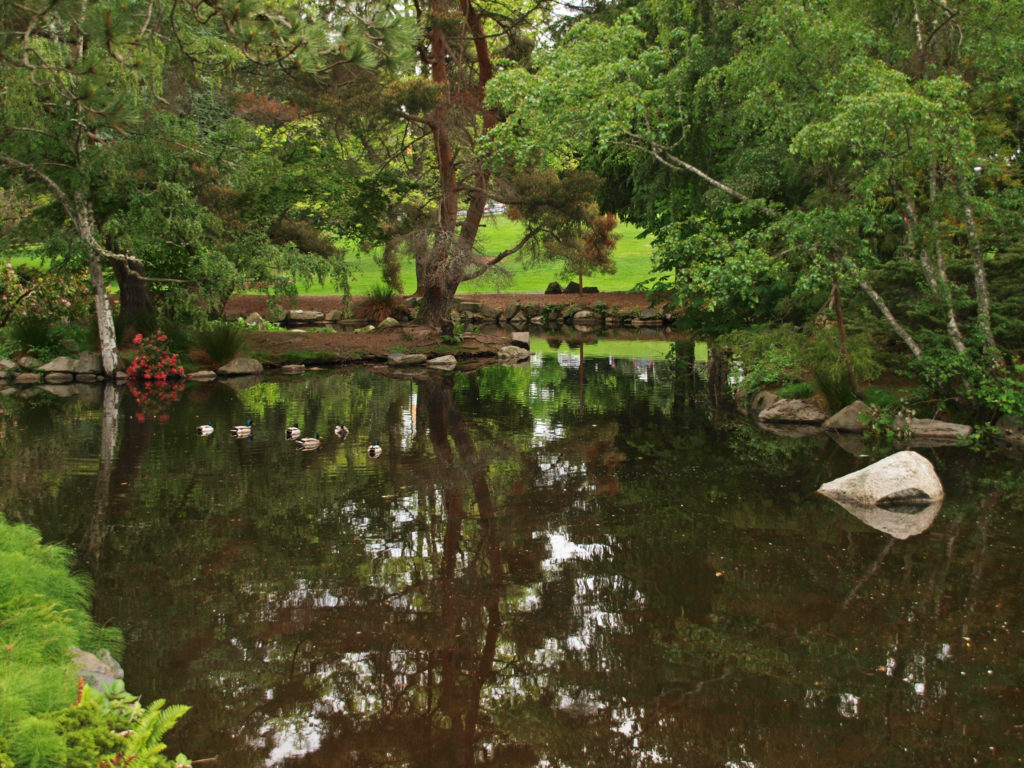 On both of our recent visits our final, and longest, stop was at the botanical gardens area near the entrance to the park. Here there is a large pond with a waterfall, an herb garden, a large rose garden, a dahlia garden, an iris garden, and a Japanese garden. We could easily have spent even more time here than we did on either visit. And if you visit the
On both of our recent visits our final, and longest, stop was at the botanical gardens area near the entrance to the park. Here there is a large pond with a waterfall, an herb garden, a large rose garden, a dahlia garden, an iris garden, and a Japanese garden. We could easily have spent even more time here than we did on either visit. And if you visit the  Point Defiance Park is one of the largest, and best, city parks in the Pacific Northwest. The park is similar in many ways to Vancouver, BC’s Stanley Park. Point Defiance is, without question, one of Tacoma’s top attractions.
Point Defiance Park is one of the largest, and best, city parks in the Pacific Northwest. The park is similar in many ways to Vancouver, BC’s Stanley Park. Point Defiance is, without question, one of Tacoma’s top attractions. Originally posted May 19, 2019. Most recently updated February 18, 2025.
Originally posted May 19, 2019. Most recently updated February 18, 2025.